|
Another morning of walking locally around the hotel produced a different Leiocephalus species Cuban Side-blotched Curlytail L. macropus. In this area it is not as common as Saw-scaled Curlytail L. carinatus. The six Leiocephalus species in Cuba together have 40 subspecies on the island and I suspect that it is this great variability across their respective disjunct ranges often combined with sexual dimorphism and the lack of identification literature that leads to the many mis-identifications that you can find on the internet. I have only ever seen the species of this genus on the ground, or on rocks and boulders, but this one at least has been known to climb to 1.5m up trees. You can read an interesting paper on sexual dimorphism and oviposition in this species here. On the local trails we still saw about 25 Cuban Kite Swallowtail Eurytides celadon but numbers are less than they were about ten days ago. Most are showing signs of wear as you would expect. Numbers of Florida Purplewing Eunica tatila are going up slightly and we saw one that was slightly more colourful on the underside than usual. I searched the area of Croton where we had watched Concolorous Skipper Burca concolor laying ten days ago and found a shelter with a small larva inside, and disturbed a moth that I haven't identified yet but it looks like a Geometrid. The two Urbanus skippers on Cuba are superficially similar on the underside but the pair of black spots on the hindwing is the feature that distinguishes Common Long-tailed Skipper Urbanus proteus.
0 Comments
We know of two sites locally where Antillean Crescent Antillea pelops occurs and one is just outside the Luna y Mares hotel grounds. Smith, Miller and Miller (1995) describe its flight as low, erratic and difficult to follow - and that just about sums it up as it is a small butterfly. This one had just emerged as none had been flying here ten days ago or even yesterday when we had walked the same path. We saw them last year in the same place along just 50m of forest track. I don't know what the larval foodplant is but will make a point of trying to find eggs or larvae on a future trip. In Puerto Rico larvae have been found on Justicia martinsoniana. We didn't go far today as the heat and humidity was catching up with us.. A Chestnut Leafwing Cymatogramma echemus was only the second for the trip and are normally much commoner in about a months' time. There are six Curlytail Leiocephalus species on Cuba and three of them can be found around the hotel. This one, Saw-scaled Curlytail Leiocephalus carinatus, is the commonest and probably the most photogenic. We have so far seen five of the six species, the missing one being L. cubensis though as I'm far from clear on the differences between this and L. stictigaster it is quite possible that I am missing them. They say a photograph speaks a thousand words, but only if its identified correctly! Doing a Google search on Leiocephalus cubensis produces images of L. carinatus, L. macropus, L. stictigaster and just a few of what appear to be identified correctly. Even the Wikipedia page for L. cubensis has a photo - of L. carinatus. On this website I have put thumbnails of the species together so that they can all be compared on one page and I find it odd that more websites don't do that. I don't rule out the possibility that some of mine are misidentified so if you spot any that are then do please let me know.
And of course I would love to use photos from other people so if you would like to contribute then do please get in touch. I always credit the photographer, and I like to add the date and approximate location as well as I feel that this adds a lot to the context and value of the record. After breakfast at the Luna y Mares hotel we often spend a few minutes looking down towards the beach from the veranda by the Mares pool. At this time of year the Lantana is in flower so there are always a few butterflies nectaring. On this occasion there was a bonus as we saw a Mangrove Buckeye Junonia neildi. We've seen this before both a few miles to the west and a few miles to the east but this was a first for the hotel grounds. So now we had seen all three Junonia species on this trip. Cuban Brown Anole Anolis sagrei is very variable in colouration. In fact the dark ones can easily be confused for Cuban White-fanned Anole Anolis homolechis but on these two there is enough of the dewlap showing to see the reddish colour with a lack of a broad yellow border. In A. homolechis of course the dewlap is white. You can see more photos of these and others by clicking on Species > Other Wildlife > Reptiles. Walking outside the hotel there were still lots of Concolorous Skipper Burca concolor and Cuban Kite Swallowtail Eurytides celadon. We watched a Cuban Leafwing Anaea cubana laying on Croton origanifolius where several wasps and butterflies were taking nectar, including Cuban Snout Libytheana motya, Lyside Sulphur Kricogonia lyside and Gulf Fritillary Agraulis vanillae. I spent a while trying to photograph Cuban White Ganyra menciae without success. On the way back from our walk we heard some birds calling from the trees overhead. We stopped and watched enchanted for ten minutes as a Black & White Warbler and a Yellow-throated Warbler hunted for insects close by. Many warblers including these are common winter visitors to Cuba from the US but in September not many have yet arrived and these two species are amongst the first. We watched the B&W as it carefully checked in all the holes and crevices till it found a moth larva. I'd never noticed before how large their feet are in relation to body size but that must be an adaptation to enable them to run up and down the trunks and even along the underside of branches like a creeper or nuthatch. And the Yellow-throated Warbler is just gorgeous.
Our destination this morning was to the grasslands at Albaiza just a few miles outside Camagüey. It was just Doug and I today and although this is Doug's local patch, I have only been here once before last year and then it had been rather dry. This time the ground was quite wet due to the recent rain so I was interested to see the difference. We soon saw a few skippers and Smudged Yellow Eurema lucina and Little Yellow Pyrisitia lisa but this site is also home of the rarer Cuban Yellow Eurema amelia and Doug soon called that he had found one. Both Mexican Fritillary Euptoieta hegesia and Variegated Fritillary Euptoieta claudia followed. One of the main differences this time was that there were quite a few Odonata. The origin of these seemed to be from a small pond nearby. The Familiar Bluet Enallagma civile is widespread in N&C America and the West Indies but it was the first time we had seen it. Males of the Band-winged Dragonlet Erythrodiplax umbrata were appearing in greater numbers as each day went past But it was a very small dragonfly buzzing about catching small insects in some long grass that caught my eye. It was by far the smallest dragonfly I had ever seen being only about 30mm long. It appeared all dark in flight but when we saw it eventually settle it actually had quite a lot of blue on the abdomen. It is an immature male Antillean Dragonlet Erythrodiplax justiniana. 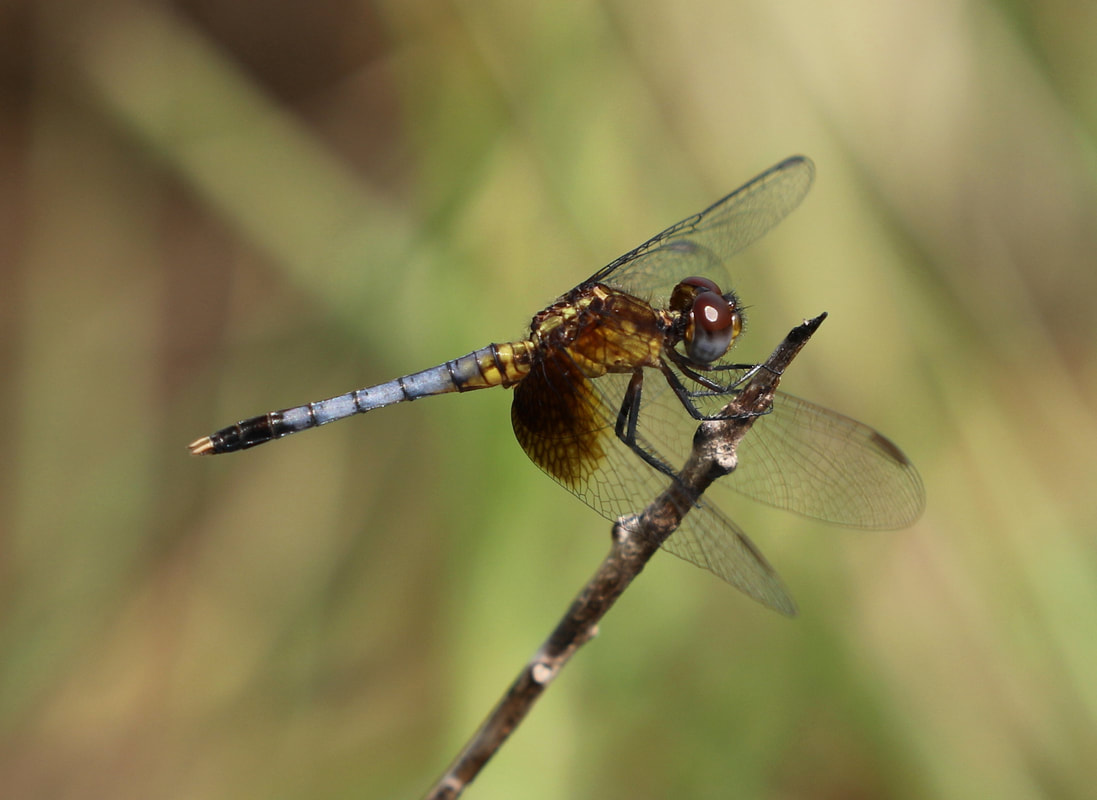 Antillean Dragonlet Erythrodiplax justiniana 29 Sept 2017 Albaiza, Camagüey © Tim Norriss Antillean Dragonlet Erythrodiplax justiniana 29 Sept 2017 Albaiza, Camagüey © Tim Norriss In the long grass were several Common Buckeye Junonia coenia which looked as if they had been roosting here. Closer inspection showed they were taking moisture in the form of dew from the grass heads. And then Doug managed to find a full grown larva on the foodplant Tabebuia trachycarpa. Whilst busy photographing the adult Junonia in the long grass I had noticed what I took to be an insect jump from one grass stem to another but in fact was a small Cuban Treefrog Osteopilus septentrionalis. We had seen a couple a few days previously at Gibara but the pictures weren't great so it was good to get another chance. This one was only 22mm long but they get much bigger than this. Doug had mentioned to me previously that he had seen a different anole here on previous occasions and it didn't take him long to find one. They apparently like the dwarf palms that grow here. I don't yet know what it is so I will send a picture to Luis Manuel in Habana. It might prove to be just a very well-marked form of Cuban Brown Anole Anolis sagrei which is a very variable species but I've never seen one like this before. The commonest reptile here was Cuban Whiptail Pholidoscelis auberi and again they didn't look much like others we have seen elsewhere as these had three bright yellow dorsal stripes. And a Cuban Broken-dash Wallengrenia misera is something we haven't often seen. By lunch we had to make our way back into town, say farewell to Doug and his family and set off back to our hotel near Guardalavaca but not before stopping for a wonderful lunch that Doug's wife Noris had prepared, and some time in the garden to photograph the larvae of Canna Skipper Calpodes ethlius.
The second permit that we obtained yesterday morning was to visit La Belen near Najasa, SE of Camagüey. We had heard that the place had been closed for much-needed refurbishment so it was a pleasant surprise to find it open again. Although Doug had been here before we had not so didn't really know what to expect. It is a bit of a way off the beaten track but well worth it and it was a shame that we hadn't been able to find out whether it was open while we were in the UK or we would have certainly stayed here for a couple of nights rather than in Camagüey. But at least we now have contact details for Ecotur staff to be able to make bookings in the future. Before we set off I took a picture of a Gecko high up on the wall at the casa. I thought at the time it was a Tropical Gecko Hemidactylus mabouia but looking at the pictures I'm not so sure. The tail is rather thick and there are faint lines down the body and tail that I don't seem to match any pictures I can find on the internet. I've said before that it amazes me the lack of a decent Field Guide on the reptiles of the Caribbean. I believe there is one in prep called the Guide to the Amphibians and Reptiles of the Caribbean Islands but I don't know its anticipated publication date. There is also an excellent guide Guía taxonómica de los anfibios de Cuba (2008) which is free to download from the ABC Tax website. You can download audio calls of 59 species too and this is a fantastic resource by Luis M. Díaz and Roberto Cádiz from the Museo Nacional de Historia Natural de Cuba and the Facultad de Biología, Universidad de La Habana respectively. A further volume on the reptiles of Cuba is preparation. Can't wait.... It took about an hour and a quarter to get to La Belen. It seems to be a comparatively affluent area and there is a gated entrance at which we showed our permit and continued on listening to the strangely melodic calls of Cuban Crow through the open windows. The first thing we saw at the centre was a zebra - not the butterfly but a mammal. There were several people swimming in the attractive pool and I checked out one of the rooms briefly which was sizeable and had all the basics. We spent a few minutes photographing the moths on the reception windows before setting off for a walk with our guide Jorge across the horse paddock where there were lots of butterflies feeding on the flowers. The middle one is interesting, and my thanks to Iain Outlaw for identifying it as one of the Tussock moths (Erebidae) in the genus Halysidota. The only species in this genus on the Cuban list is H. cinctipes Florida Tussock Moth and it is a very close match to this. Worldwide 39 species of Halysidota have so far been described. At the time I didn't note which sex it was and perhaps I should start doing that as there can be significant sexual dimorphism in some Erebidae. There were quite a few butterflies nectaring on the flowers and we saw Orange-washed Sulphur Phoebis avellaneda and a single Cuban Peacock Anartia chrysopelea. I spotted an anole on a post which I thought at the time that was a Central Pallid Anole Anolis centralis but Luis Manuel has subsequently suggested that it might be Anolis terueli Yellow-fanned Pallid Anole. This species was only described in 2001 by Navarro, Fernández and Garrido and I have now read that paper and am sure that he is correct so thank you Luis. The features distinguishing it from A. centralis are its more compact body. shorter snout, yellow dewlap (not red), swollen tail base and conspicuous supra-scapular black spot. It is endemic to Cuba and is only found in a small narrow band through central Camagüey and Las Tunas provinces. I can find no other pictures on the internet so it was a really good find and I'm grateful to the Cuban Brown Anole that appeared and made the A. terueli adopt the threat posture and extend its dewlap. The Navarro paper has much useful information and after reading it I have also corrected the identification of another anole that we saw in 2016 which was actually Anolis litoralis Oriente Pallid Anole. But back to the butterflies.. We had good views of a Malachite Siproeta stelenes and Lynn spotted a Dingy Purplewing Eunica monima. Several of the endemic Palm Crow were flying around and we also saw 15 Cuban Parakeet and both Cuban and Blue-gray Gnat-catcher. We walked along the main track and found several butterflies taking moisture on the ground, best of all was a Cuban Mercurial Skipper Proteides mercurius but there was also White-angled Sulphur Anteos clorinde and Boisduval's Yellow Eurema boisduvaliana. A search in woodland next to the track produced Monk Skipper Asbolis capucinus and several larvae and a pupa of Caribbean Faceted Skipper Synapte malitiosa. Jorge was fascinated by anything to do with natural history and like many guides knew a small number of the butterflies but due to the shortage of literature on the subject his knowledge was limited. It was great to see him soaking up the knowledge from Doug and he was soon finding S. malitiosa larvae on his own. We headed back towards the car to have a short break and eat our picnic lunch and found our twelfth skipper of the day, a May's Skipper Proteides maysi on the track. The camera was kept busy today as there was so much to see. Slender Cliff Anoles Anolis lucius can be found on tree trunks as well as on cliffs and are often quite approachable. Jorge then took us to where he sometimes sees Giant Kingbird but there was no sign today. But on the way we noticed several Cuban Peacock Anartia chrysopelea. We stopped to watch them and saw that there were females slowly fluttering about near the ground looking for somewhere to lay eggs. Doug had only ever seen a larva once many years before and had never seen eggs or bred them through so this was an opportunity not to be missed. Over the next half hour we watched five eggs being laid, amazingly all on different plant species. Doug later recalls that: "In 1994 I went to Havana to meet Luis R. Hernández, who later wrote the Field Guide of Cuban - West Indian Butterflies, to confirm the identity of my specimens of Gray Ministreak Ministrymon azia. As we talked about butterflies, I mentioned to him among many other things that I had once, many years before, found a larva of the Cuban Peacock A. chrysopelea but I didn’t remember clearly how it looked, nor even dare to dream of owning a camera at that time. I did however remember one feature consisting of a conspicuous white collar on the neck. I was just another young amateur lepidopterist at the start of his career so wasn't sure if I would be believed or not but he did in fact include this detail later in his book published in 2004. Now that we had the chance to find the eggs of Cuban Peacock during our latest trip together, and to rear the larvae, it was extremely exciting for me to confirm that the white collar is actually present and that the only characteristic that I remembered was correct! At rest, the collar remains hidden from view as the larva retracts the neck but can be seen in the photo of the larva while feeding. The A. chrysopelea larva differs from White Peacock A. jatrophae in having off-white inter-segmental transverse bands and also some whitish speckling. Superficially, the pupa is simillarly shaped in both species but I notice that the cremaster (silken pad) where it is attached is whitish in A. chrysopelea and reddish in A. jatrophae." Thank you Doug for sharing. The excitement wasn't over as I watched a female Malachite Siproeta stelenes fly down out of the canopy and lay a single egg on the terminal shoot of a small Ruellia blechum. There was a herd of magnificent long-horned cattle grazing this piece of woodland and we had very close views of an Ovenbird. And if you're an arachnophobe then look away now.. What a brilliant day at a great site. 45 species of butterflies which isn't the highest but included five Swallowtails including a Poey's Swallowtail Heraclides caiguanabus, 14 species of Skipper, several Dusky Emperor Asterocampa idyja and one Silver Emperor Doxocopa laure unfortunately seen by Doug only.
We spent last night at a casa in Camagüey not far from where Douglas lives so after picking him up this morning we set off to obtain permits for the sites we were going to visit in the next couple of days. It took a while, such is the pace of things in Cuba, but once armed with the right pieces of paper from the Ecotur office we set off with our taxi driver Ricardo to Sierra de Cubitas. We have been here once before and as we drove through the savanna grasslands with the line of hills just ahead of us, Ricardo stopped the vehicle as a Crested Caracara was striding along the road to greet us. Unfortunately another vehicle came along and frightened it off otherwise I might have got some decent shots. They had had quite a lot of rain recently and the approach road to the entrance had running water along its length but the park itself was fine. On arrival at the centre it didn't take us many moments to realise that the mozzies were a big problem so we quickly applied a generous application of Deet. Around the base of a tree were several large black millipedes each about 300mm long. Doug told us they could squirt a painful spray so we didn't pick them up. A pair of Cuban Green Woodpecker were feeding just above. Despite being so far inland the park had clearly suffered quite a bit as a result of Hurricane Irma. Here we were three weeks after it had passed and they still had a dozen staff out working every day to clear up the damage and clear the main trail. The chief at the park centre was clearly not happy that permits were still being issued at the office in Camagüey when they had told them to wait until the clearance work had been done. Anyway it was fine and we had a nice walk and found some nice things though it was clear that a lot of trees had been brought down and the area was much more open than we were last here. As well as the woodpeckers we also saw Cuban Peewee, Cuban Trogon, Cuban Oriole, American Kestrel and Ovenbird. And there were also quite a few reptiles mainly Cuban Side-blotched Curlytail Leiocaphalus macropus and Cuban Brown Anole Anolis sagrei (at least that's what I think it is). There weren't as many butterflies as we were expecting but still there were some nice finds including several Whitish Yellow Pyrisitia messalina and larvae of Canna Skipper Calpodes ethlius growing on a patch of Canna sp by the trail. This was a first for me though Douglas had showed us two larval shelters in his garden yesterday. Doug also found a small group of Polydamas Swallowtail Battus polydamas larvae under a leaf of Aristolochia ringens. and another of Gulf Fritillary Agraulis vanillae. On our way back out towards the main road we stopped for a few minutes to check a Bauhinia for larvae but the only thing we saw was an anole that quickly ran away out of view into the smaller branches higher up. It looked a good candidate for Dwarf Green Anole Anolis isolepis apart from the fact that it doesn't occur further west than Holguin Province I believe so it remains a mystery and i didn't manage any pictures. Back on the tarmac road we stopped for a while in the savanna grassland to see if we could add some more butterflies. There were several Cuban Blue Anole Anolis allisoni and on crossing the road Doug had a brief view of a Common Buckeye Junonia coenia and then found a tiny but beautiful male Nanus Skipperling Oarisma nanus. We had been watching some large black clouds approaching but although we were only 30m from the vehicle we didn't allow for crossing the ditch full of water so by the time we climbed in the safety of the car we were soaked to the skin much to Lynn and Ricardo's amusement as they had been watching us from the dry.
The afternoon was spent traveling west to Camagüey in the centre of the island but before that we spent the morning exploring the area outside the town where we watched the Bartram's Scrub-Hairstreaks Strymon acis yesterday. We must have seen about 25, all very fresh, and sitting on the tips of the Croton shoots and nectaring from the flowers. Whereas yesterday we only saw females, today we saw several males as well showing the white rather than grey upperside of the abdomen. We also saw Mallow Scrub-Hairstreak Strymon istapa and Nickerbean Blue Cyclargus ammon as well as a Cloudless Sulphur Phoebis sennae larva on Senna occidentalis. While looking for larvae on the Croton origanifolius I came across a shelter that instead of the larva being between two leaves it was in a single leaf rolled up on itself longitudinally. This was the larva of the Cuban Leafwing Anaea cubana although all that was visible of it was its rather well-protected head. We later saw an adult flitting about on the path. The commonest butterfly here was the rather drab Concolorous Skipper Burca concolor although most were now looking slightly worn. Further on there was a Fig Tree Ficus overhanging the path on which the others found several larvae of Caribbean Daggerwing Marpesia eleuchea. Two were in the final instar whilst one was smaller and probably fourth instar. There were lots of other good things in this area including a small larva of Bahaman Swallowtail Heraclides andraemon feeding on a Citrus plant. Larvae are quite similar at this age to those of Oviedo's swallowtail Heraclides oviedo but they have rather more white at the front and rear, and of course the latter feeds on Piper not Citrus. We took Felix and Sandy back to Gibara and called briefly at Feli's brother in the hope of finding a new anole Anolis isolepis but we were out of luck on that front. The garden there had been beautifully created and I'm in awe of people with such creative artistic talent. A few years ago there had been a Fig tree growing in the garden but it had blown down in a big storm and so, wanting a quick replacement to provide shade for the pool, he built a tree made of reinforced concrete in its place! Planting a quick-growing creeper and adorning it with epiphytic plants and lichens quickly gave it the appearance of a real tree. A pair of Cuban Emeralds had already reared one brood and the female was busy incubating eggs in a new nest about 3m up.
|
Welcome to our Blog
Here we will post interesting news about what we and others have seen in Cuba. Archives
July 2024
Categories |
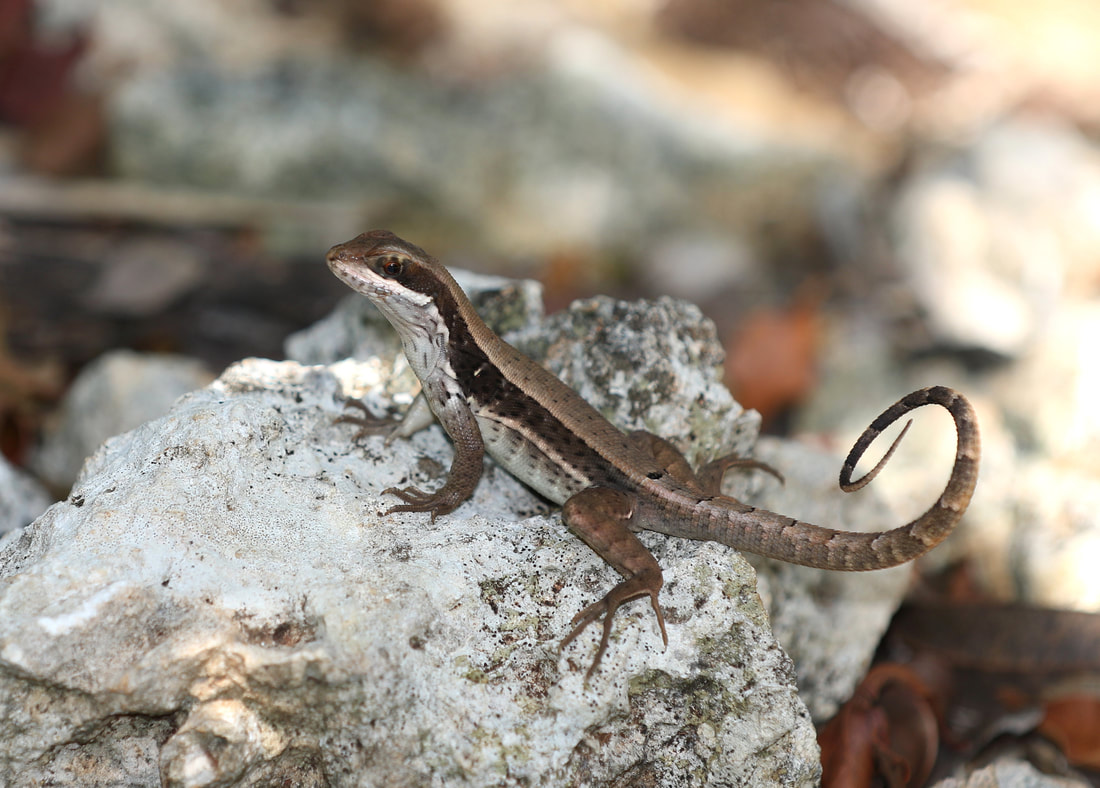
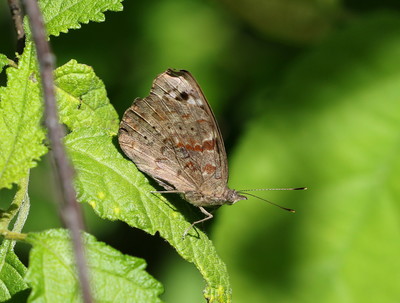
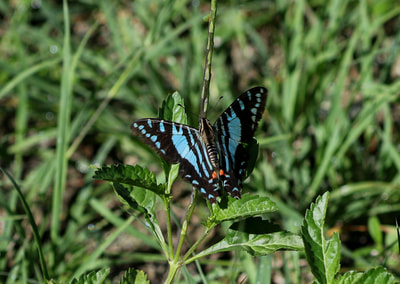
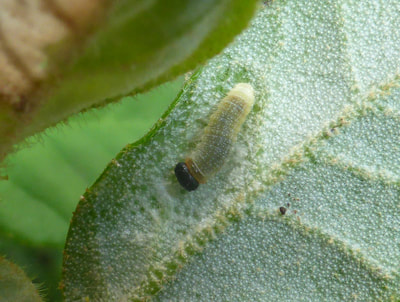
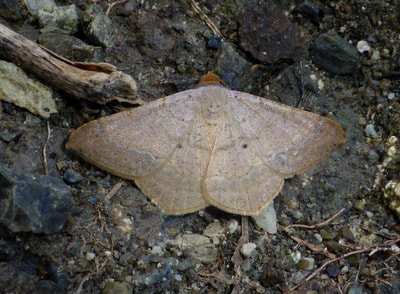
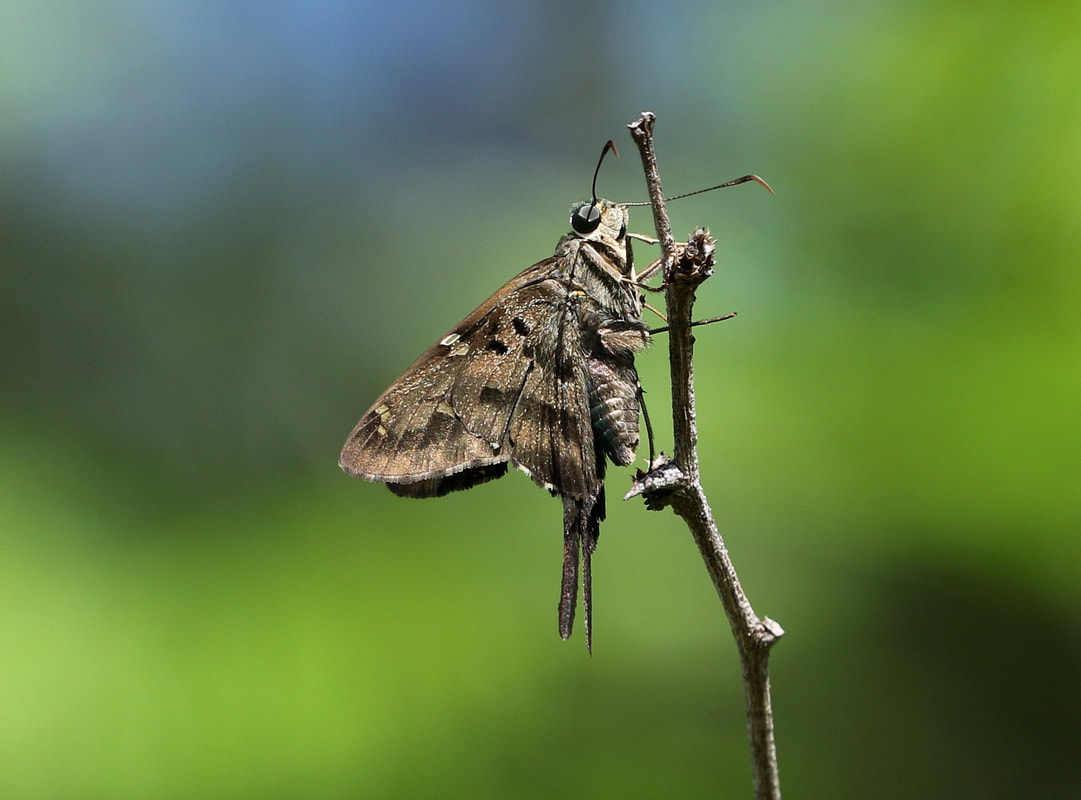
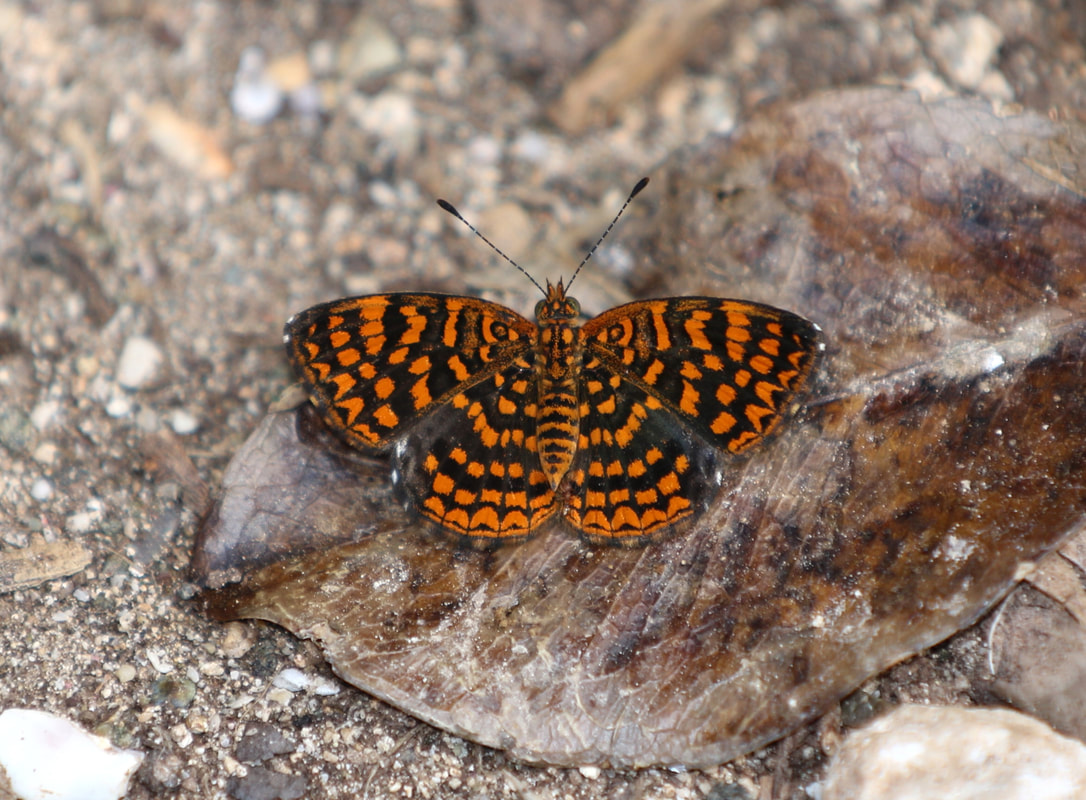
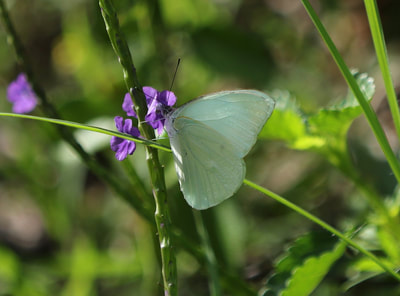
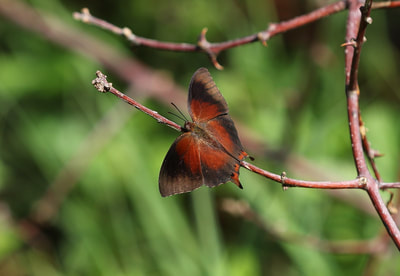
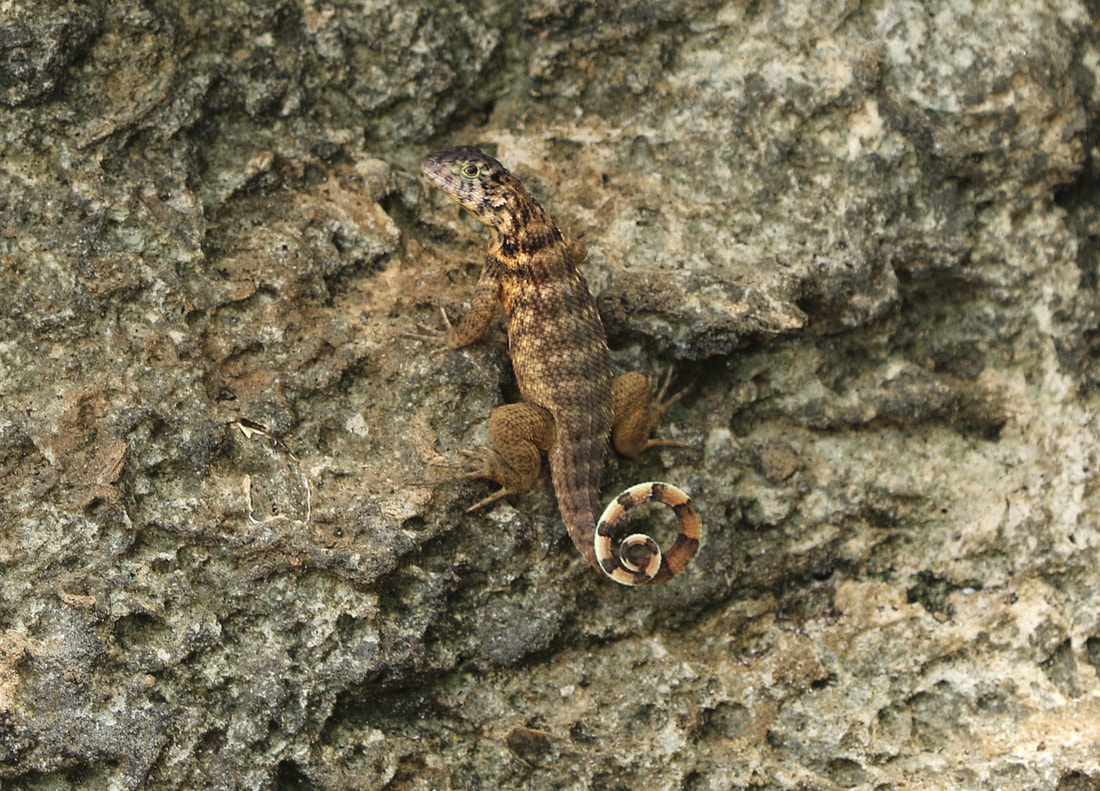
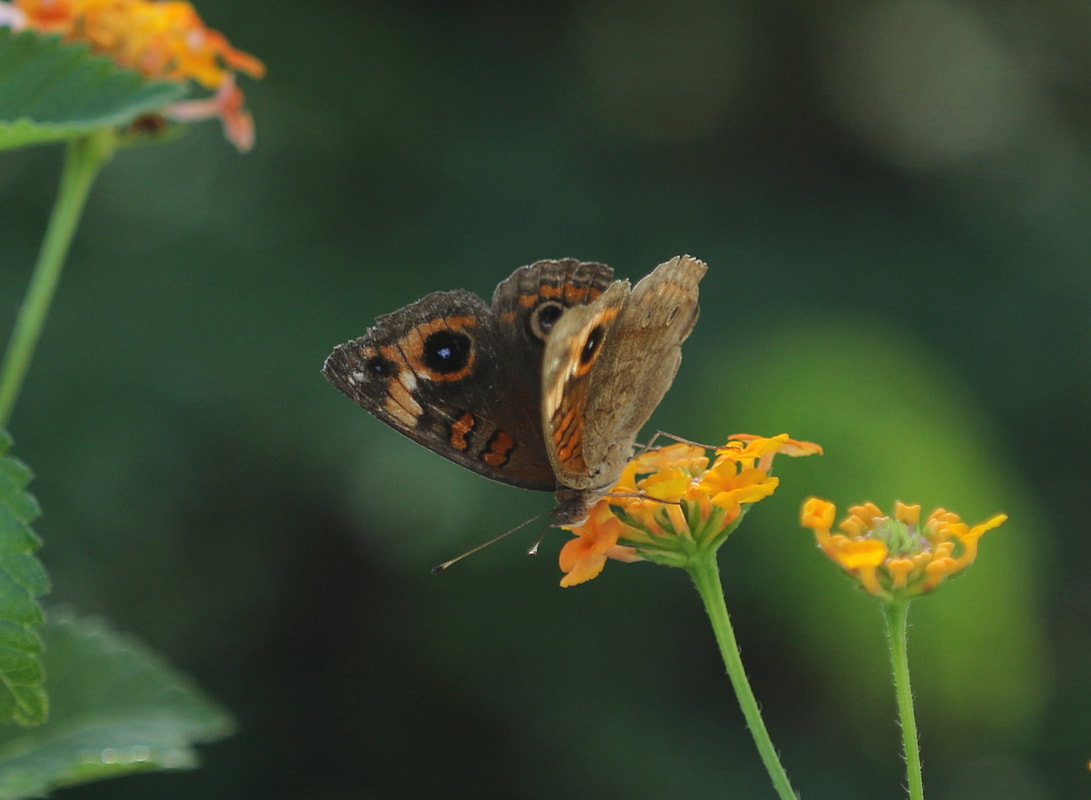

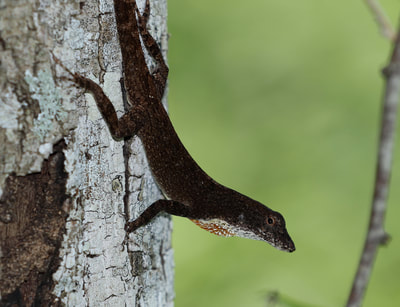
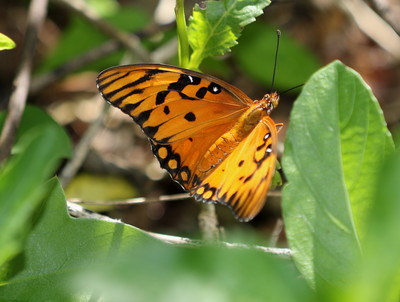
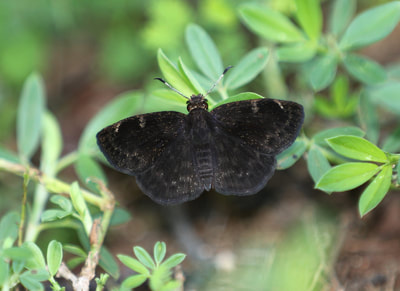
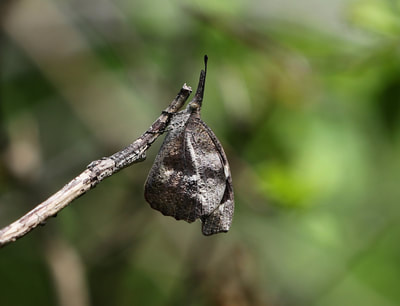
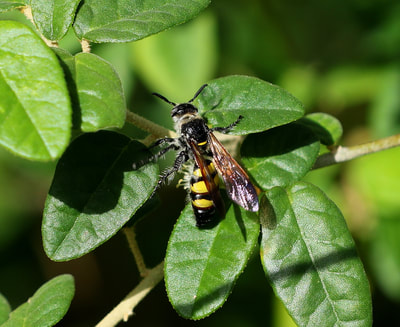
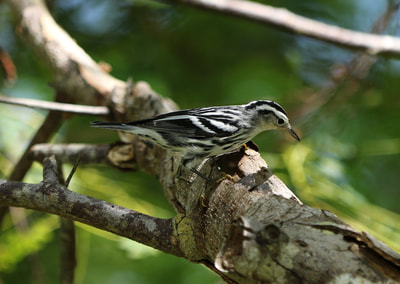
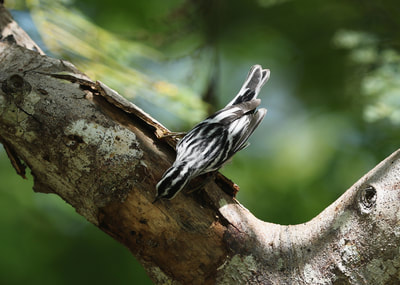
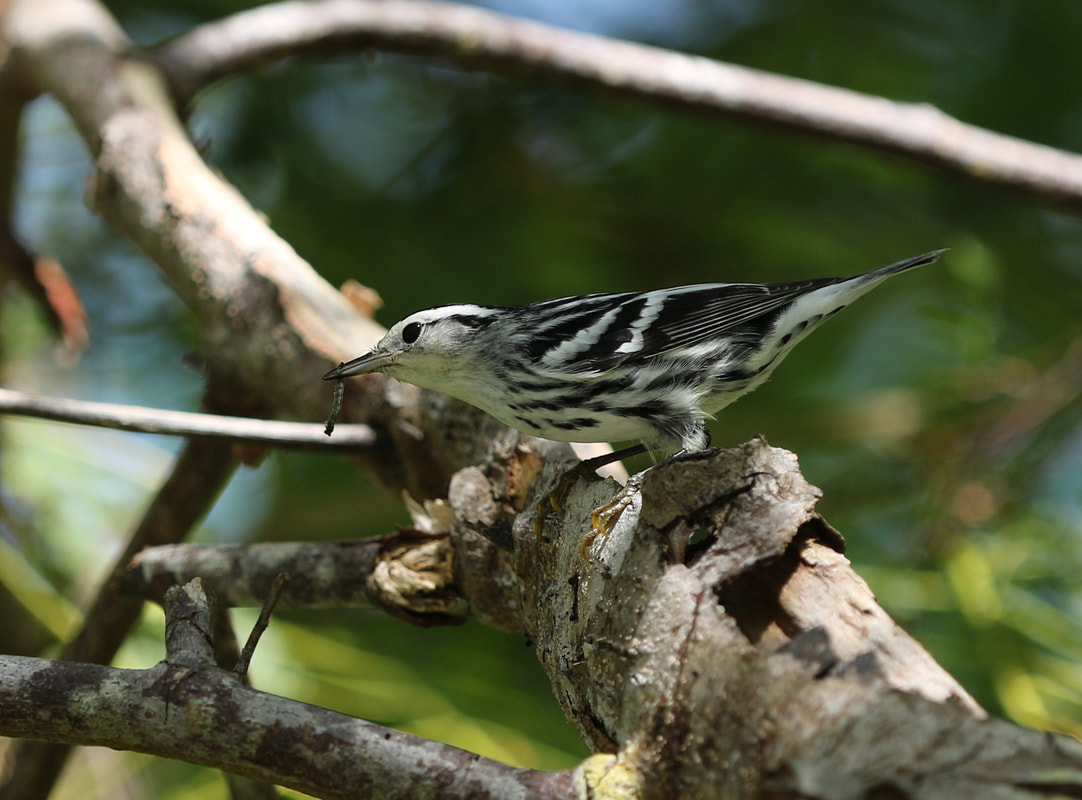
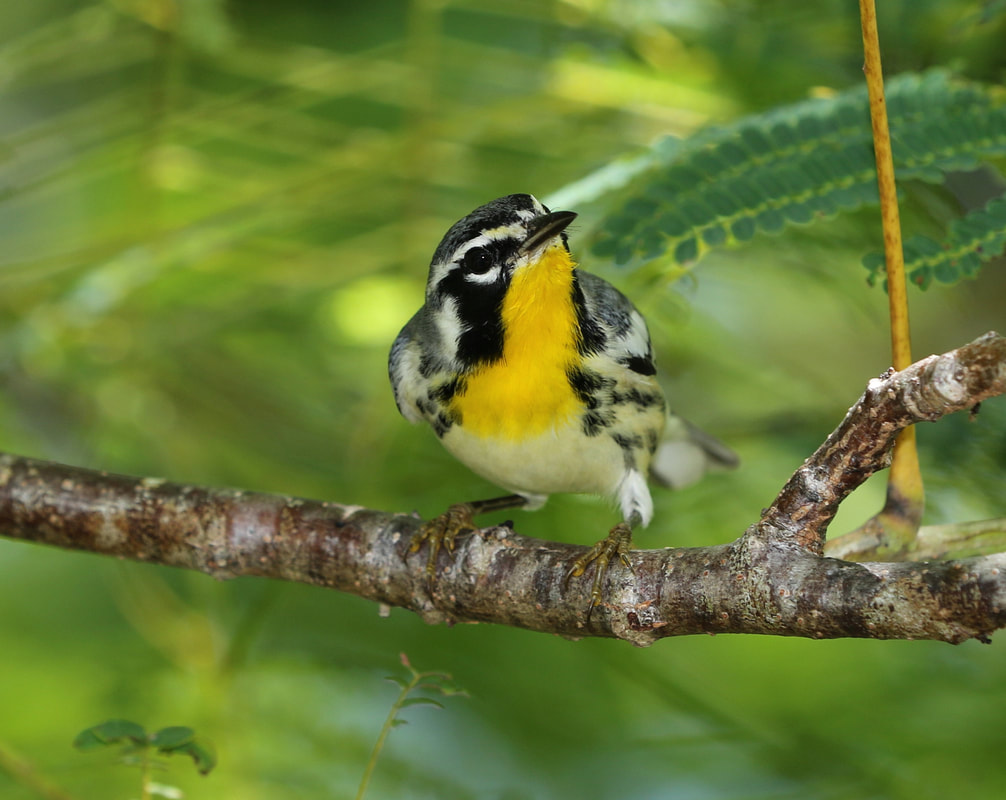
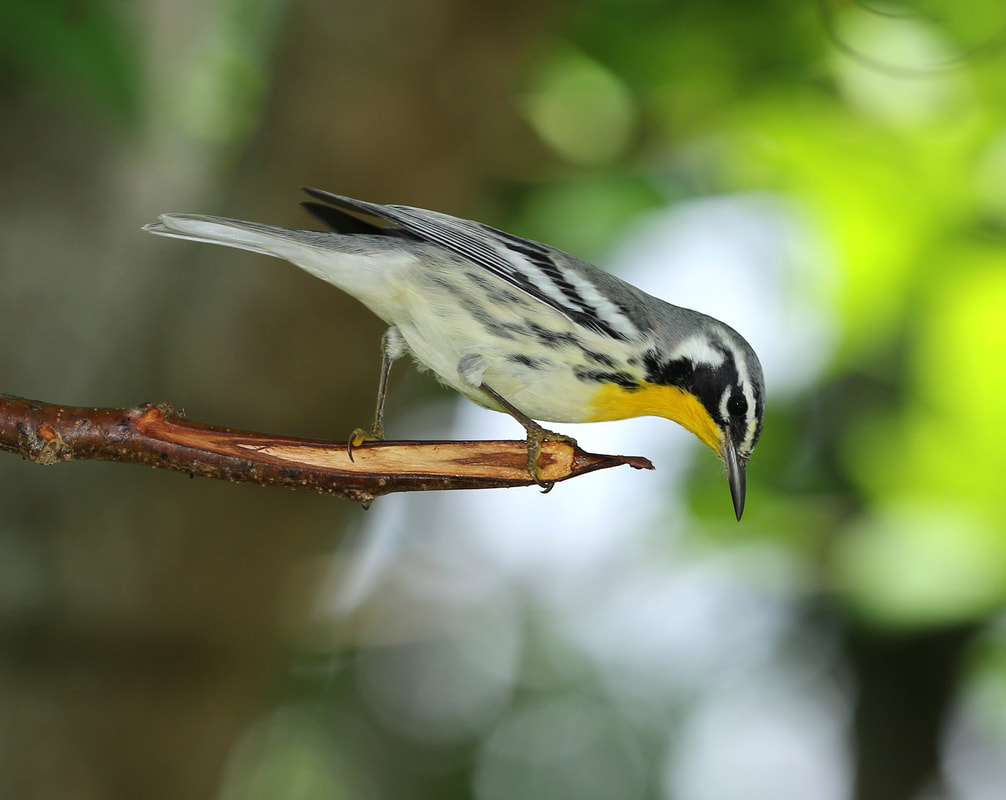
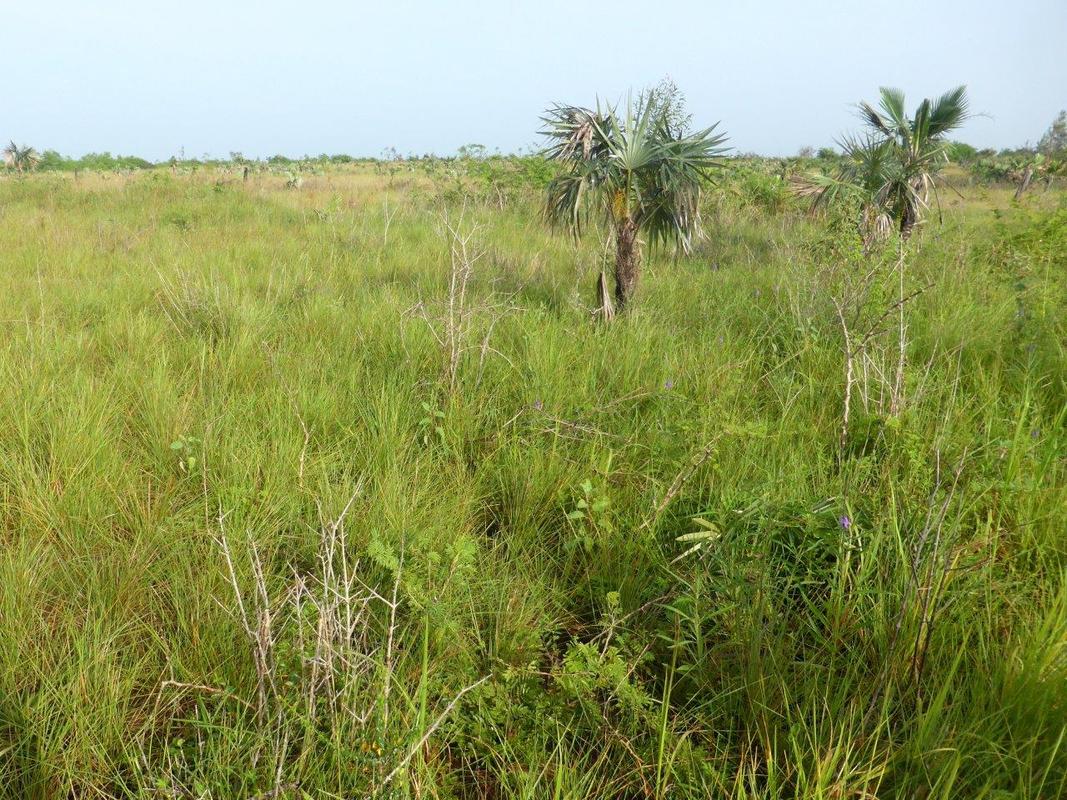
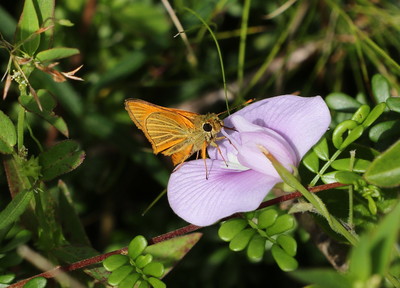
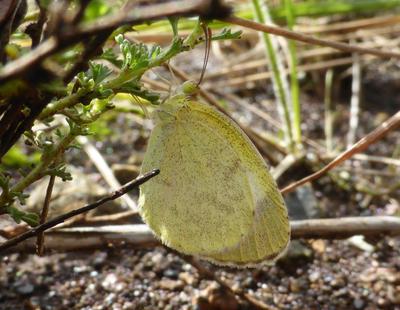
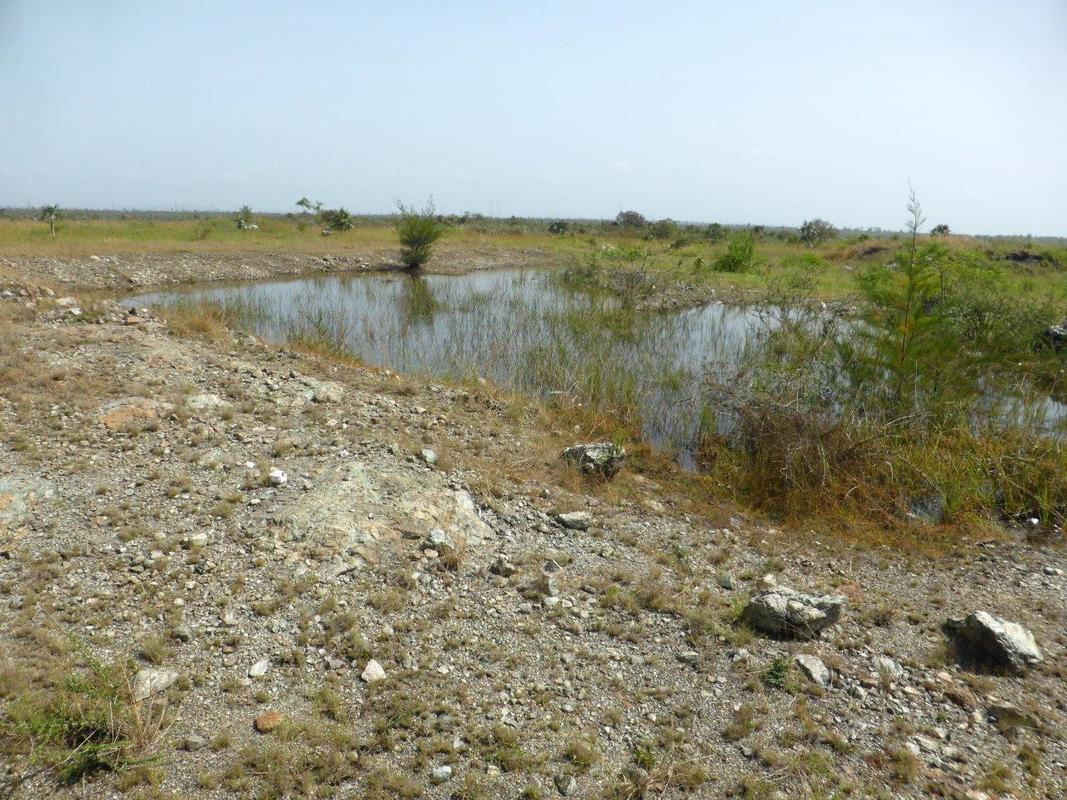
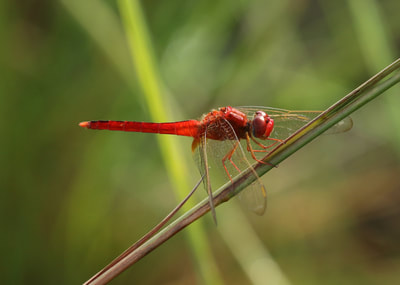
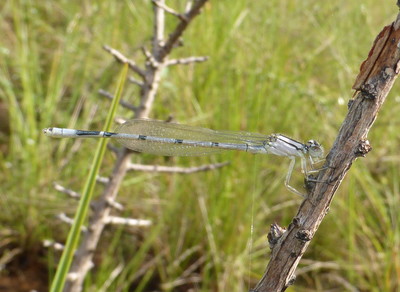
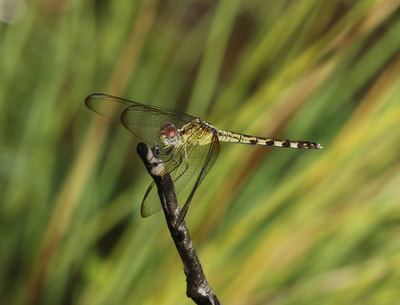
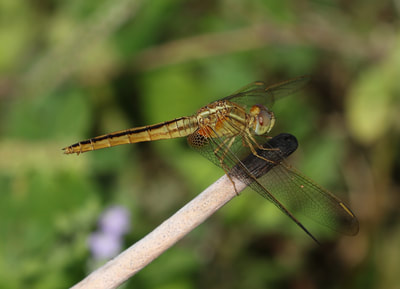
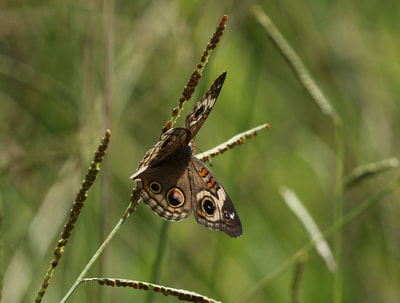
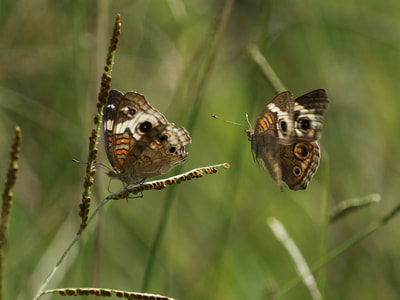
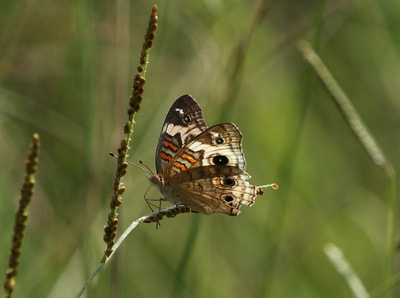
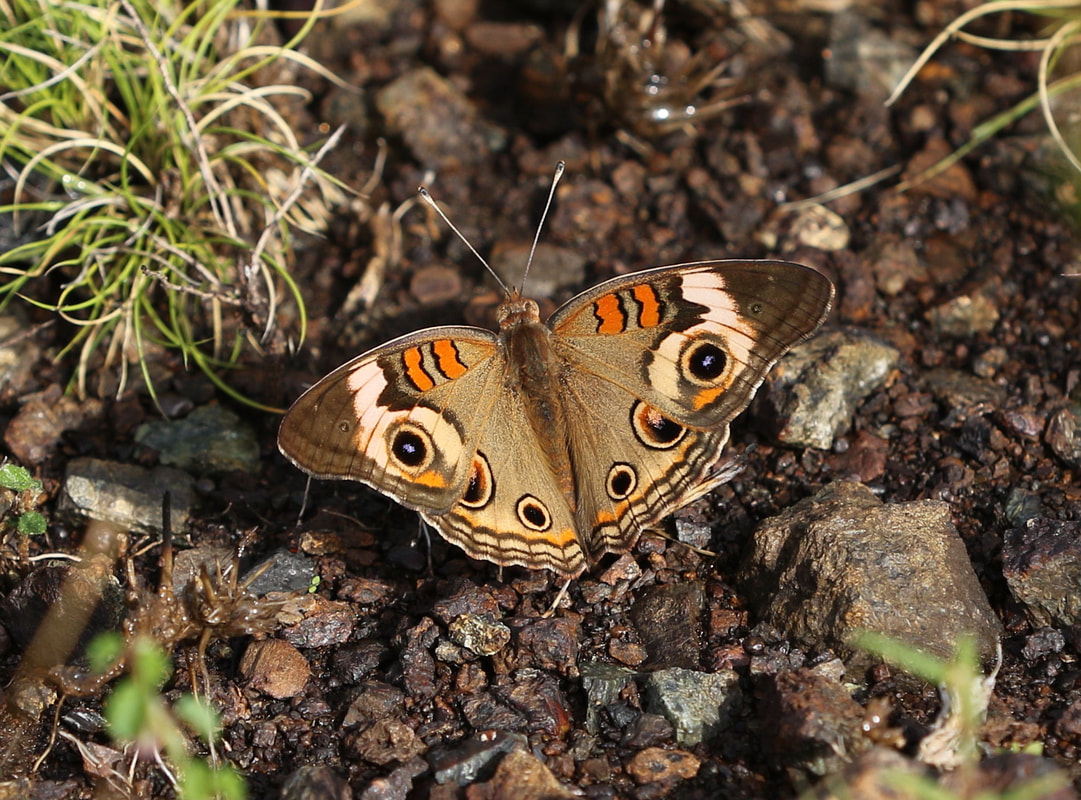
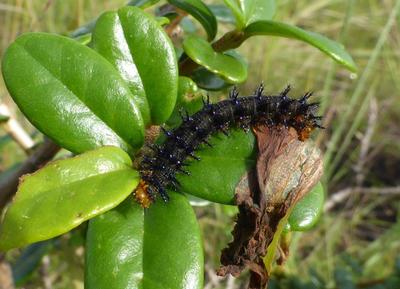
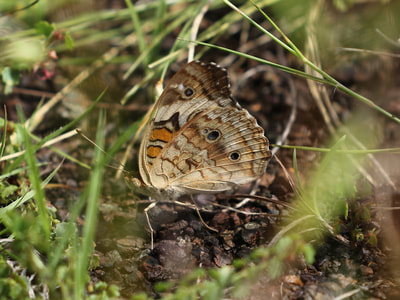
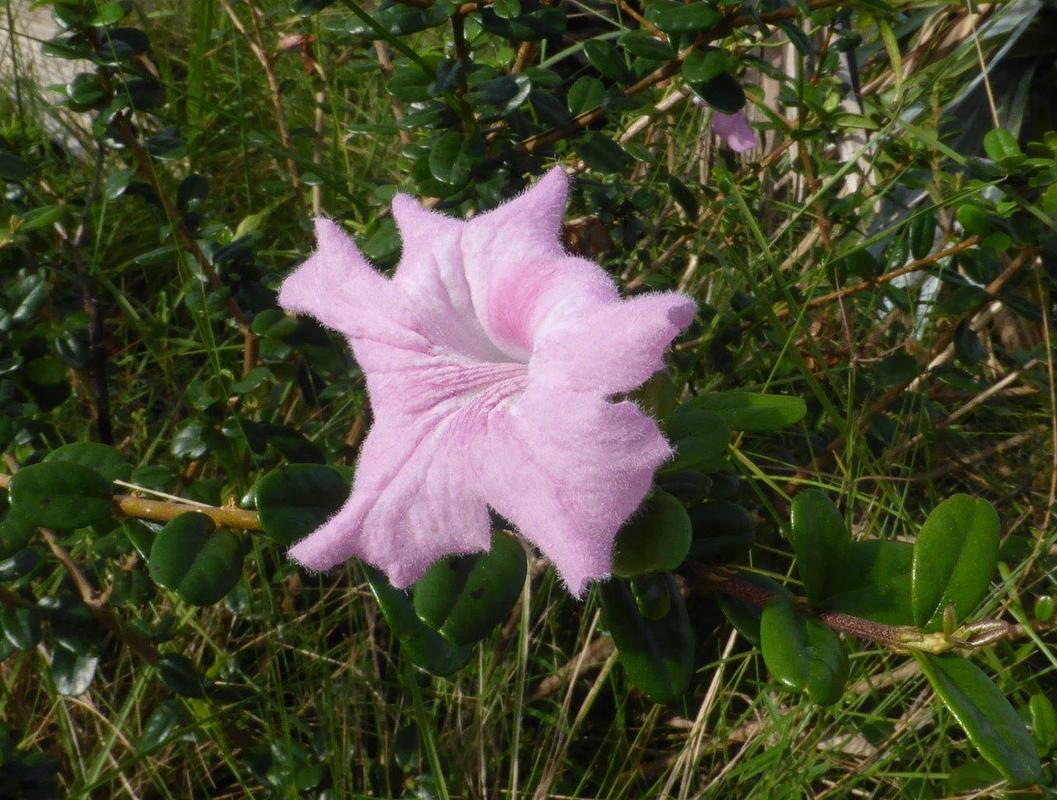
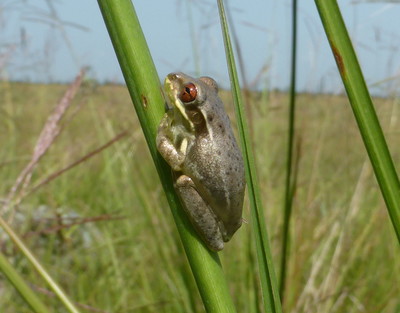
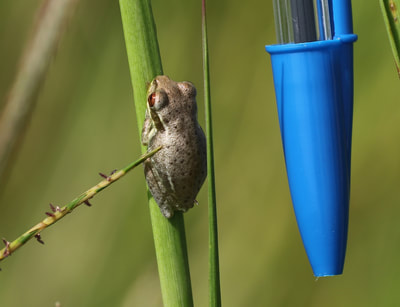
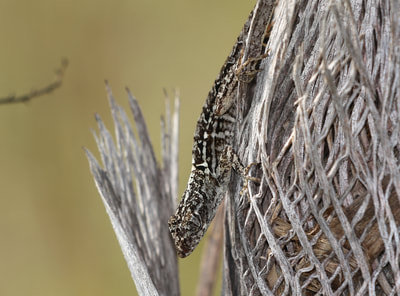
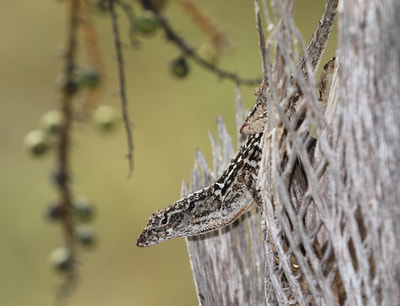
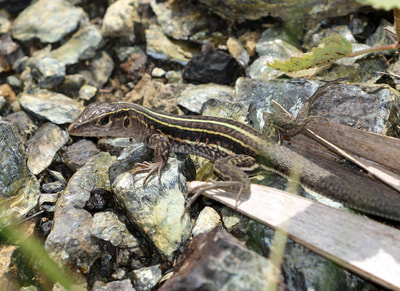
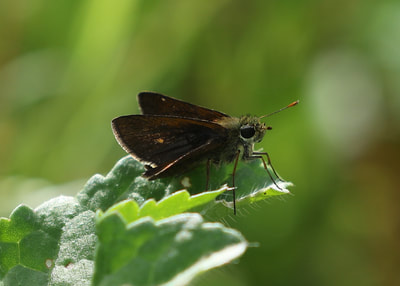
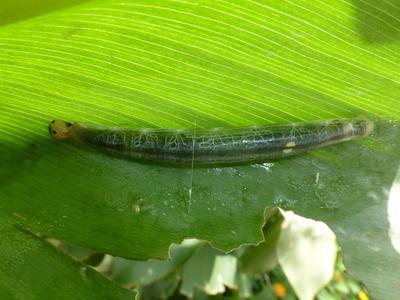
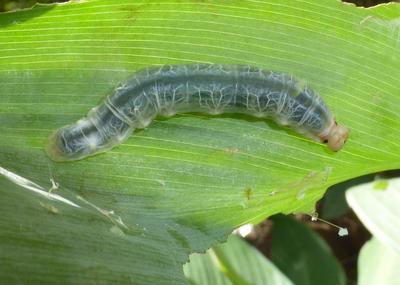
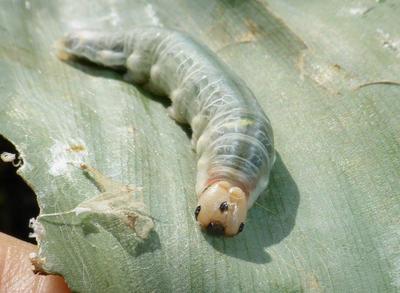
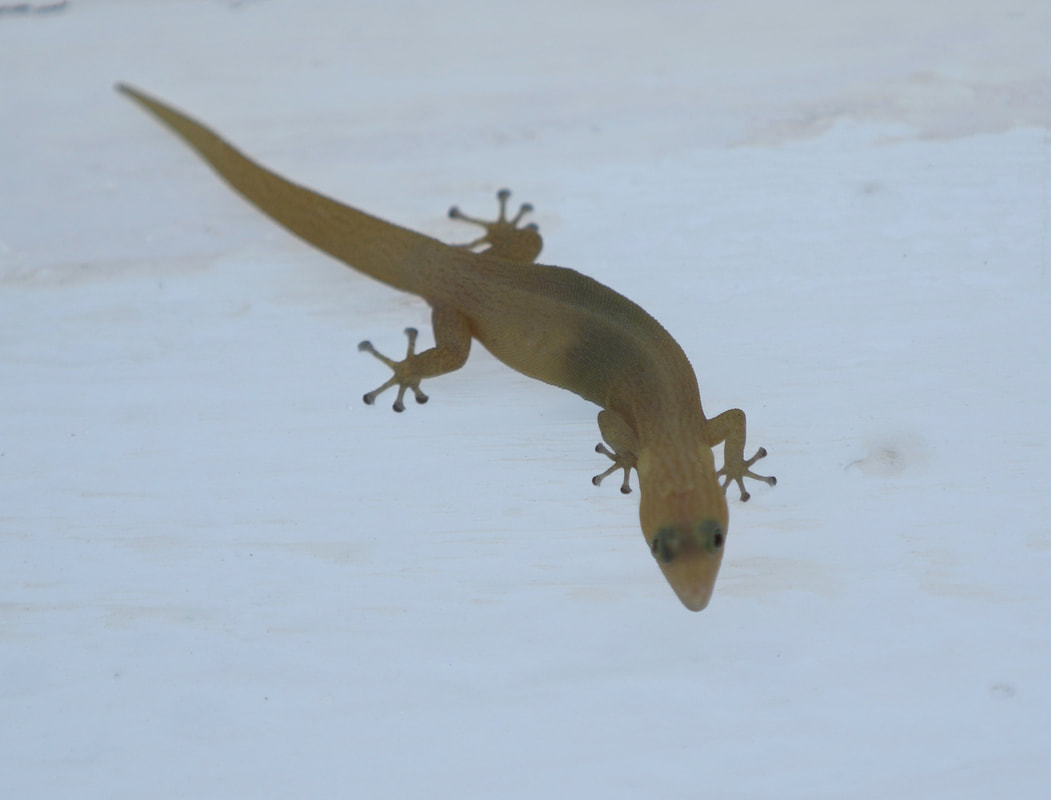
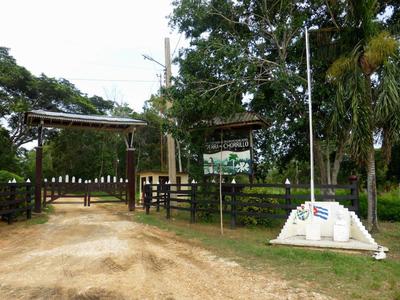
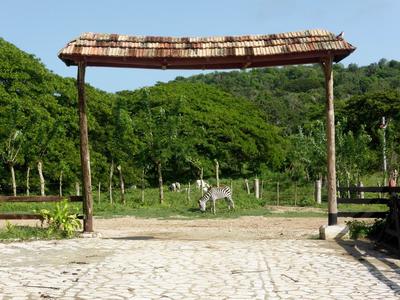
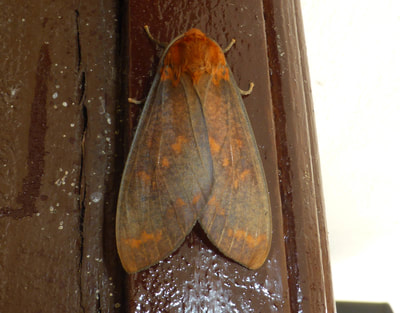
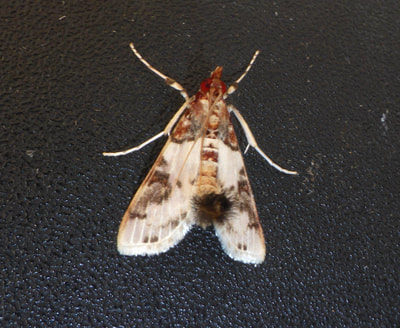
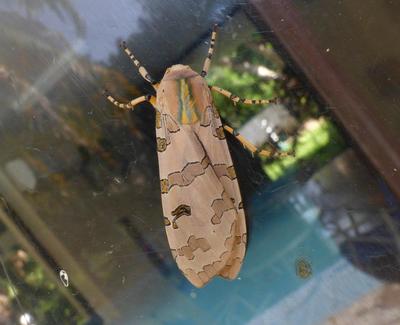
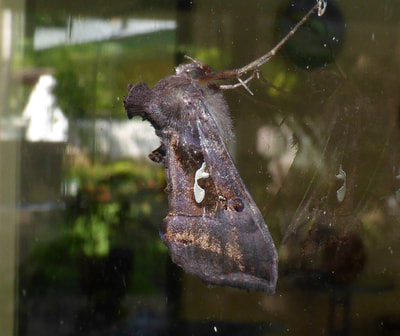
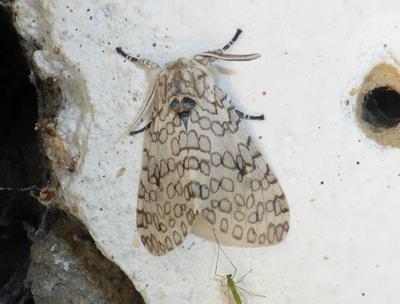
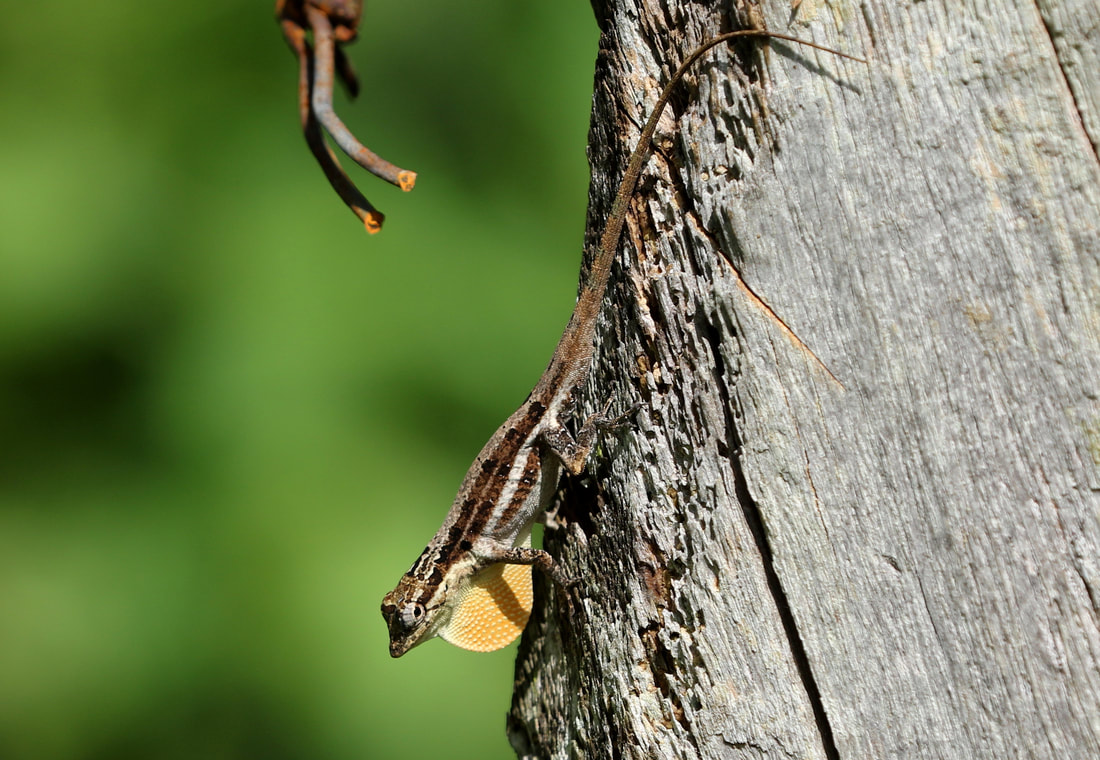
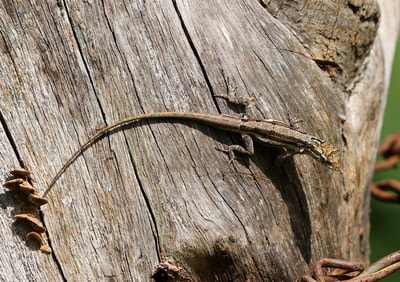
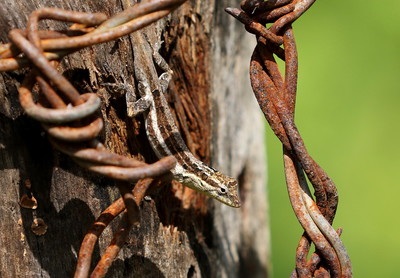
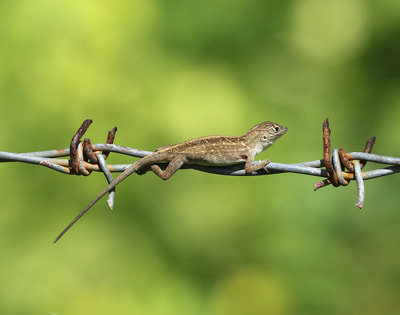
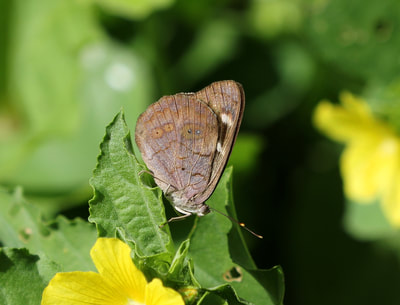
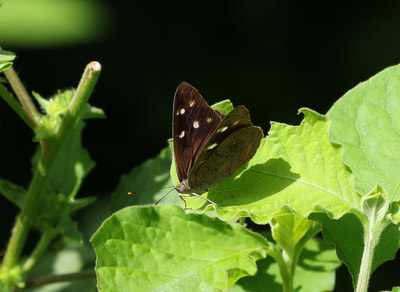
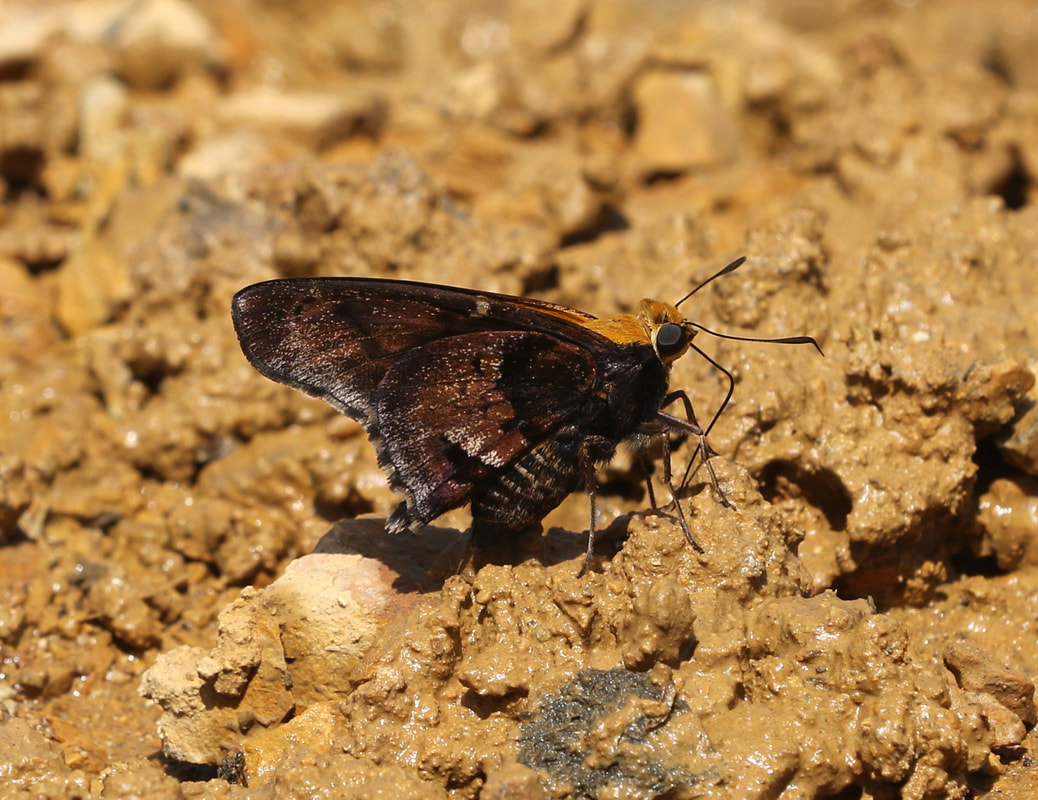
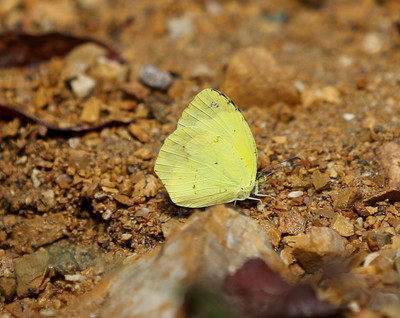
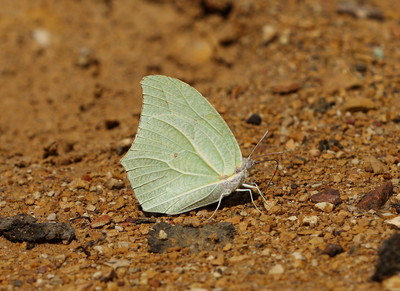
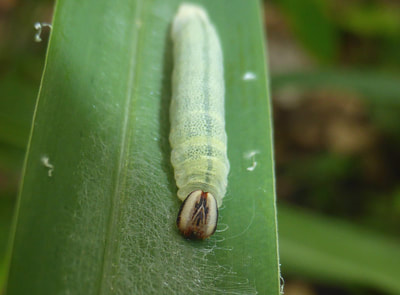
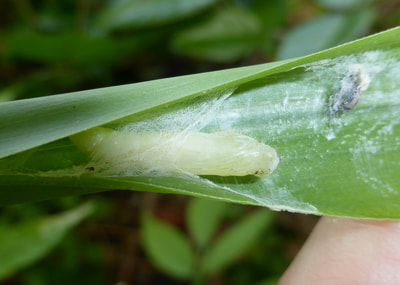
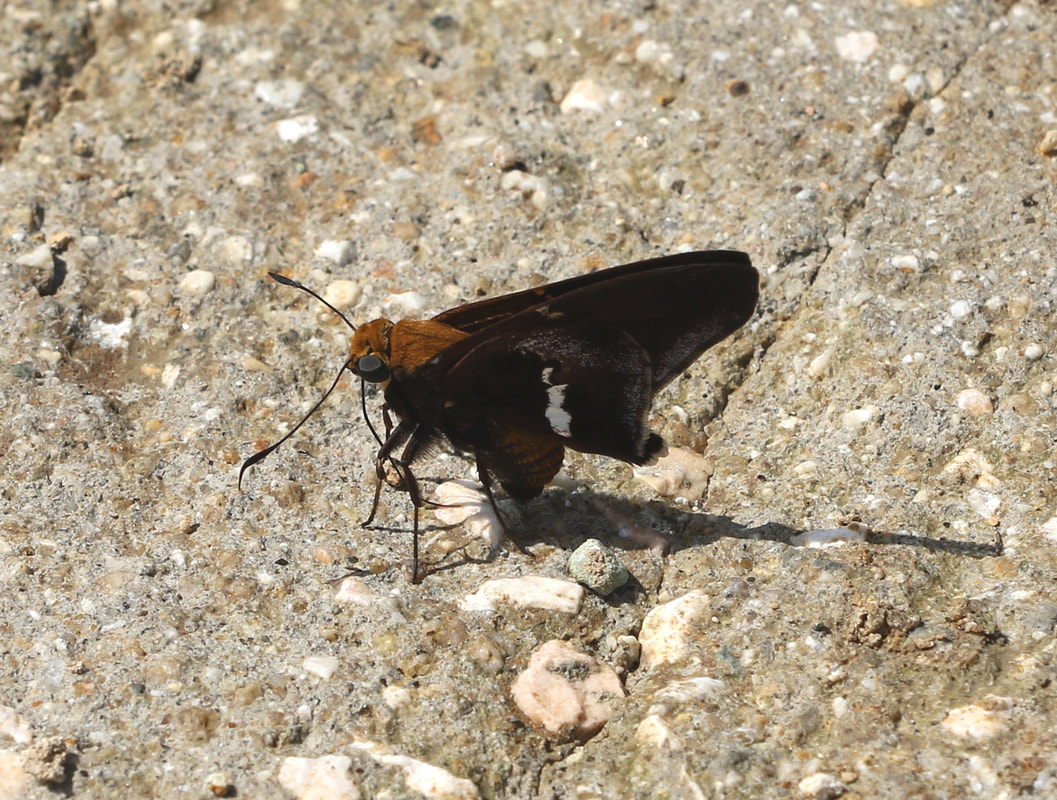
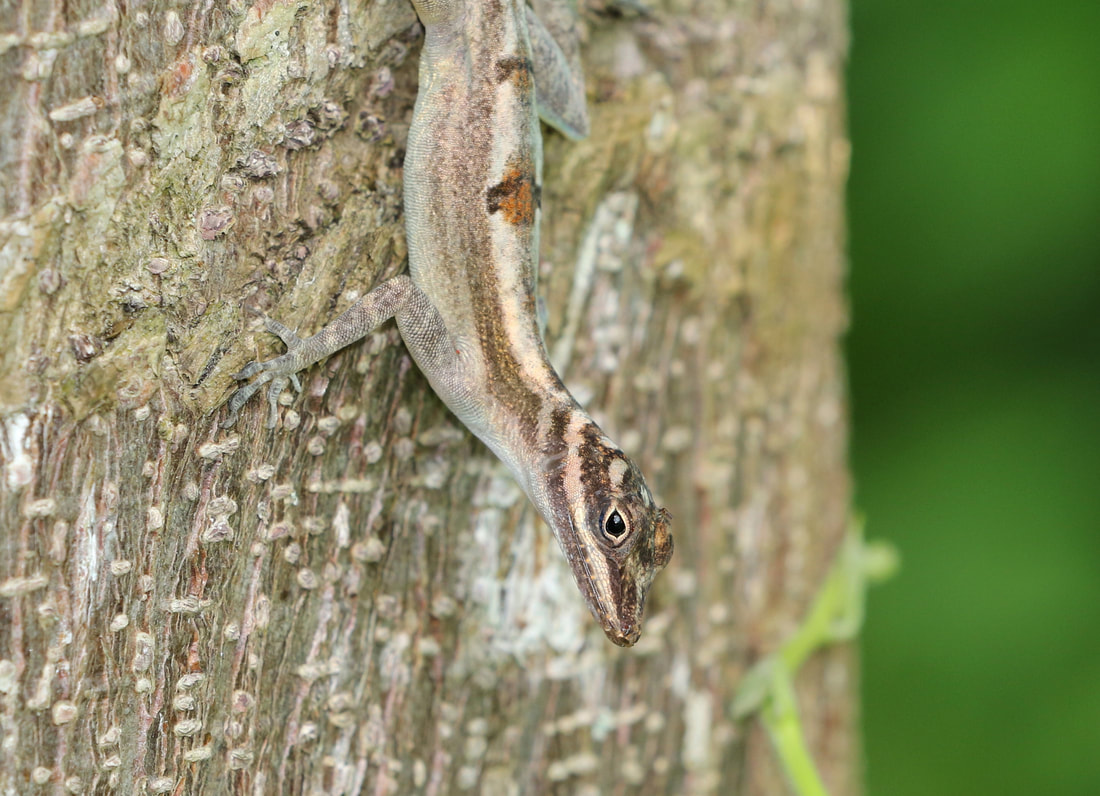
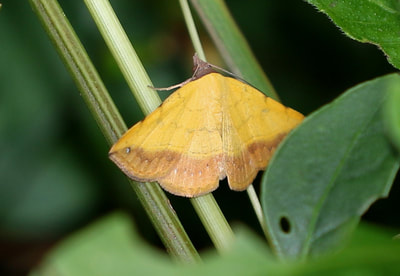
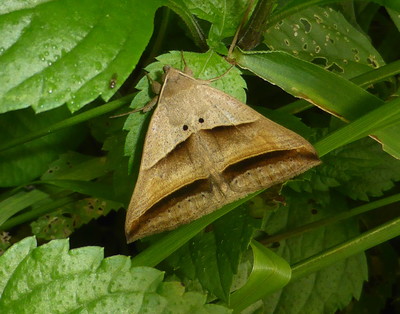
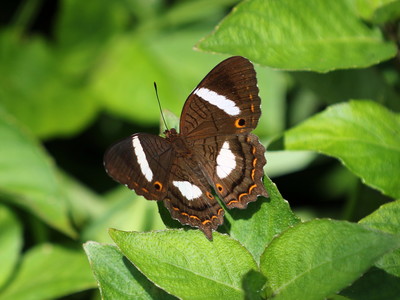
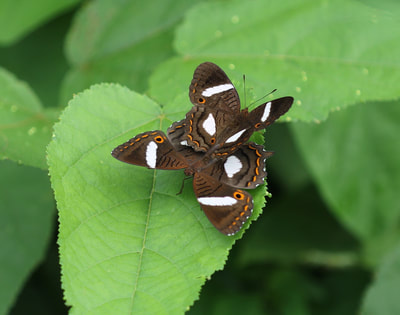
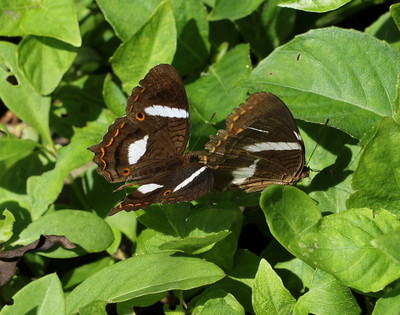
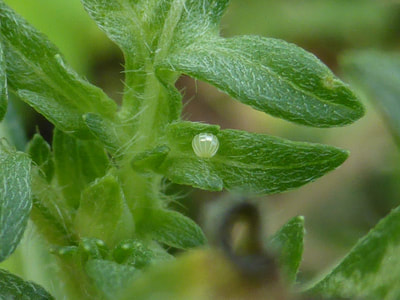
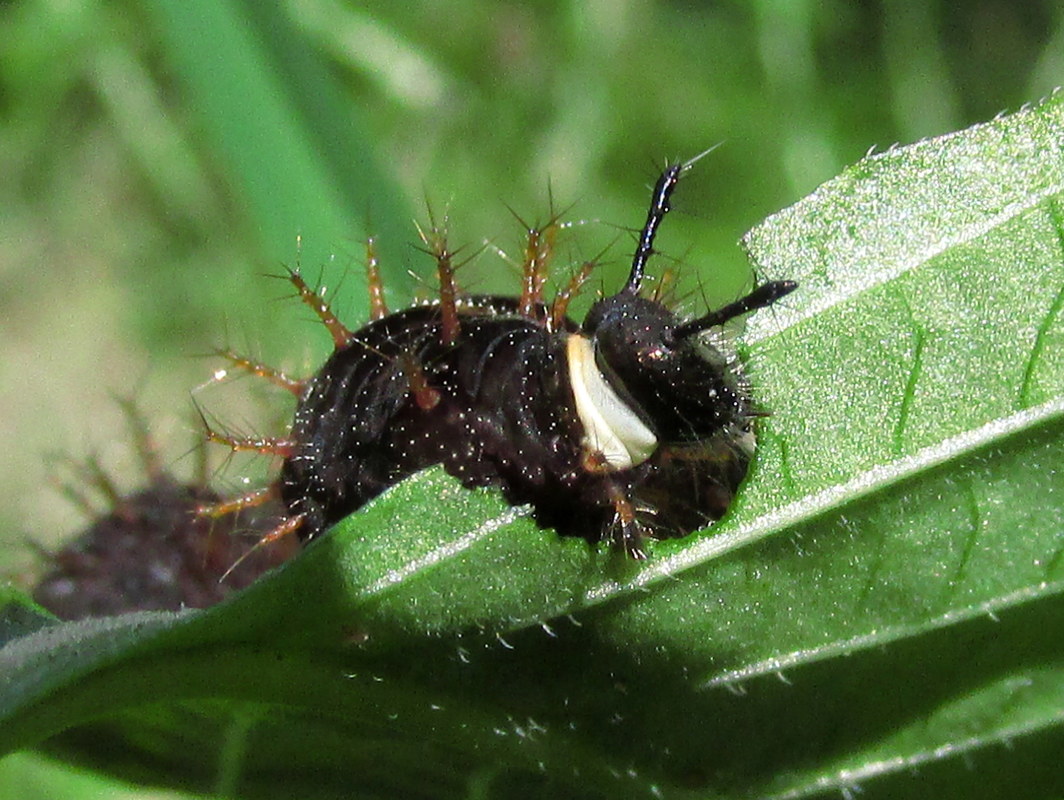
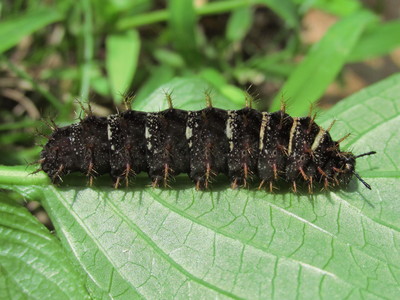
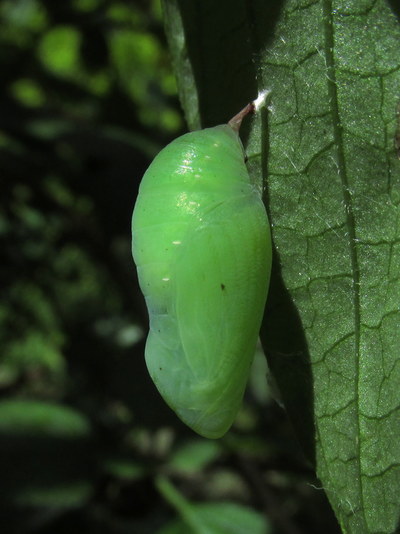
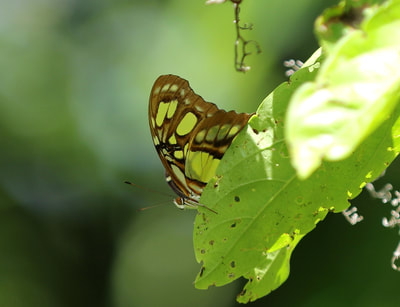
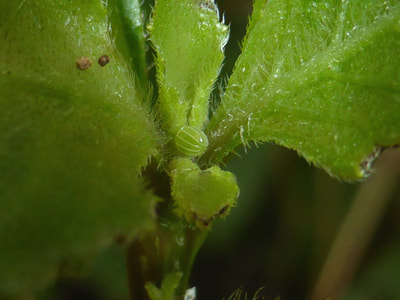
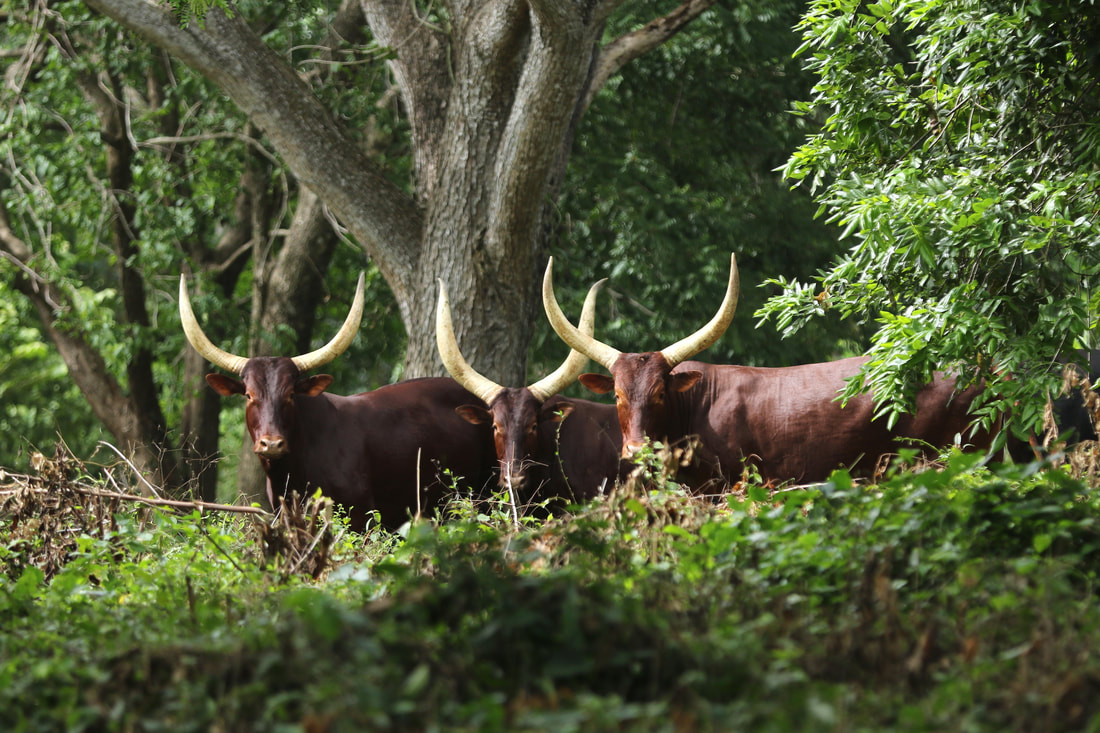
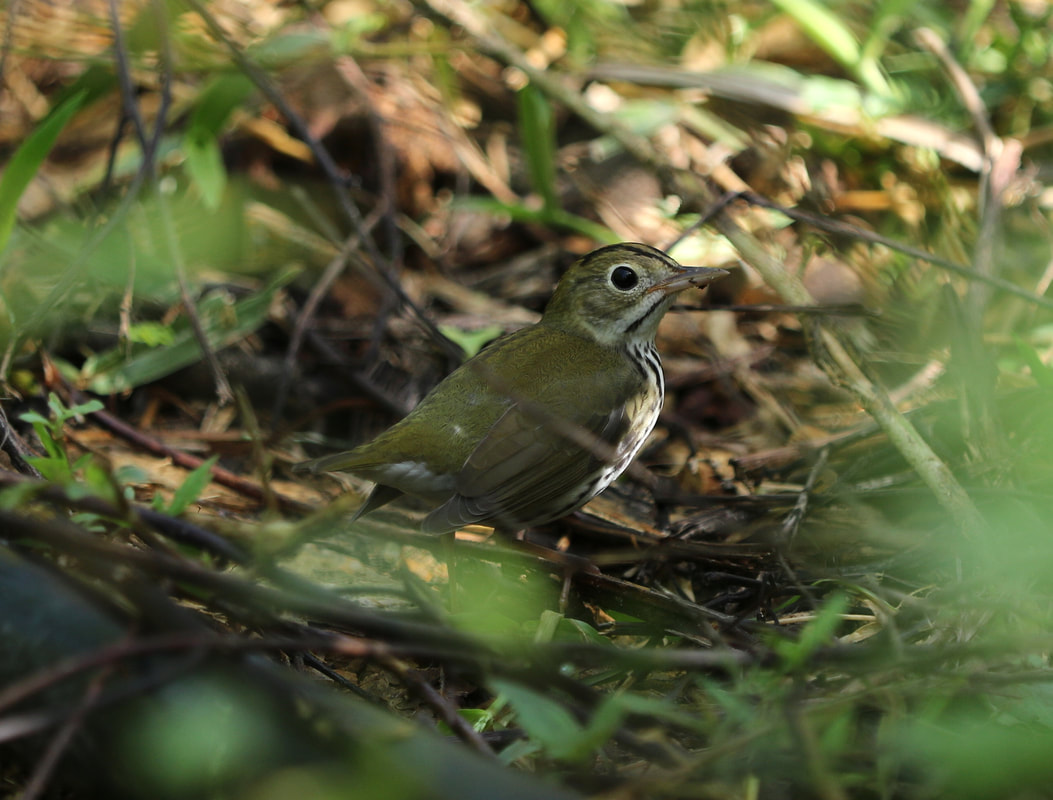
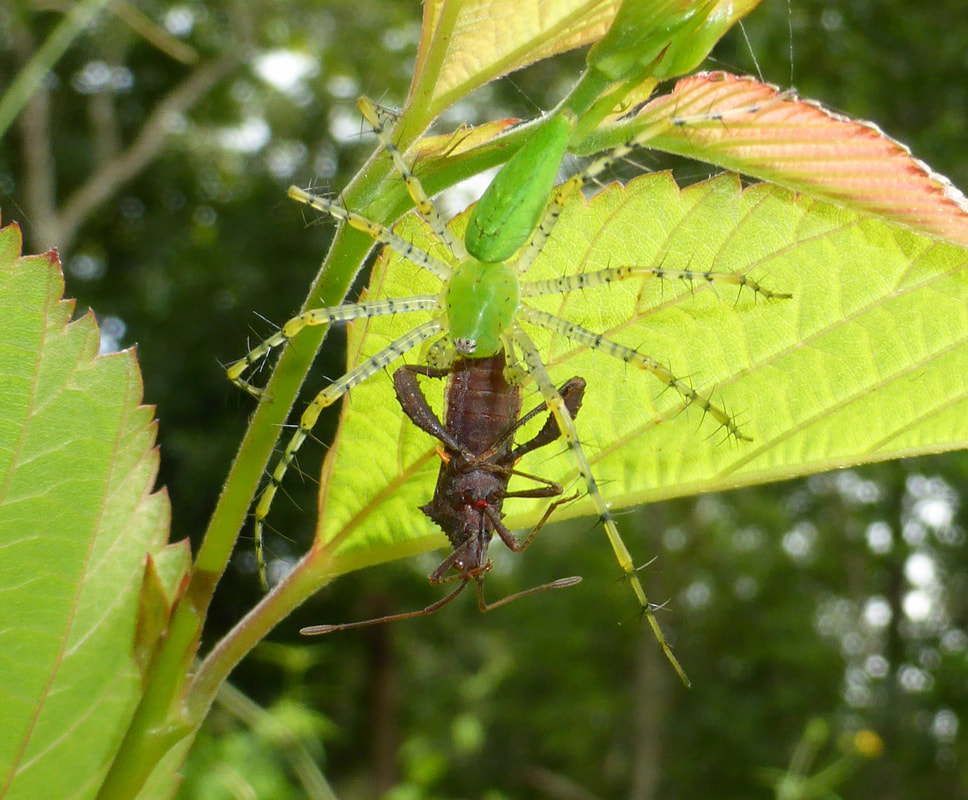
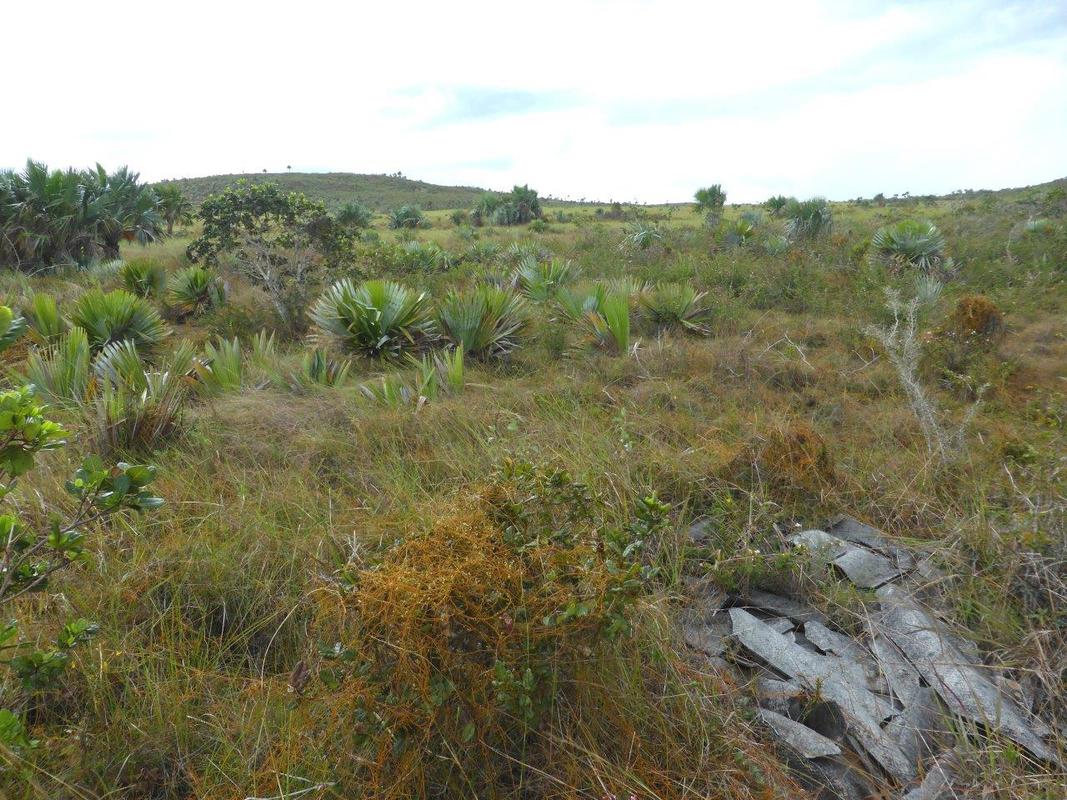
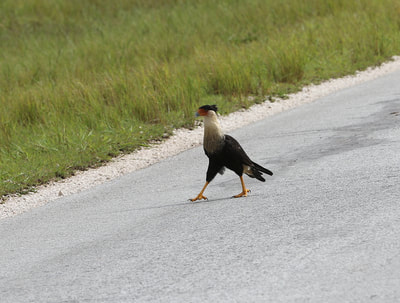
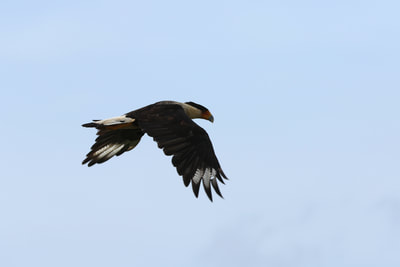
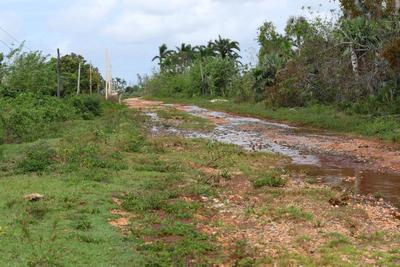
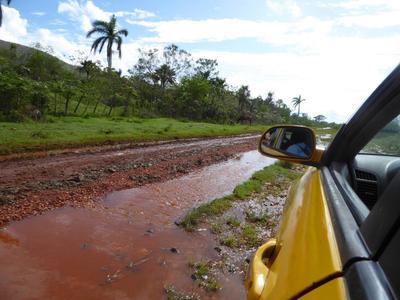
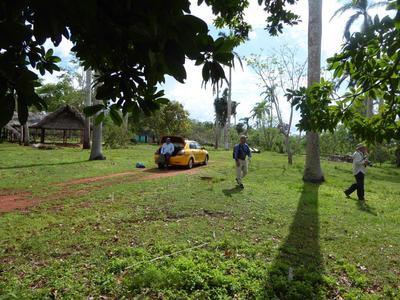
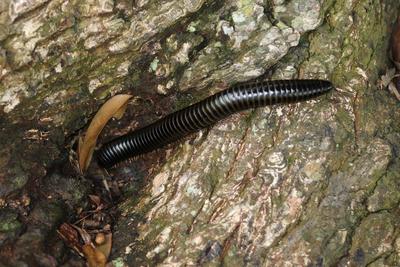
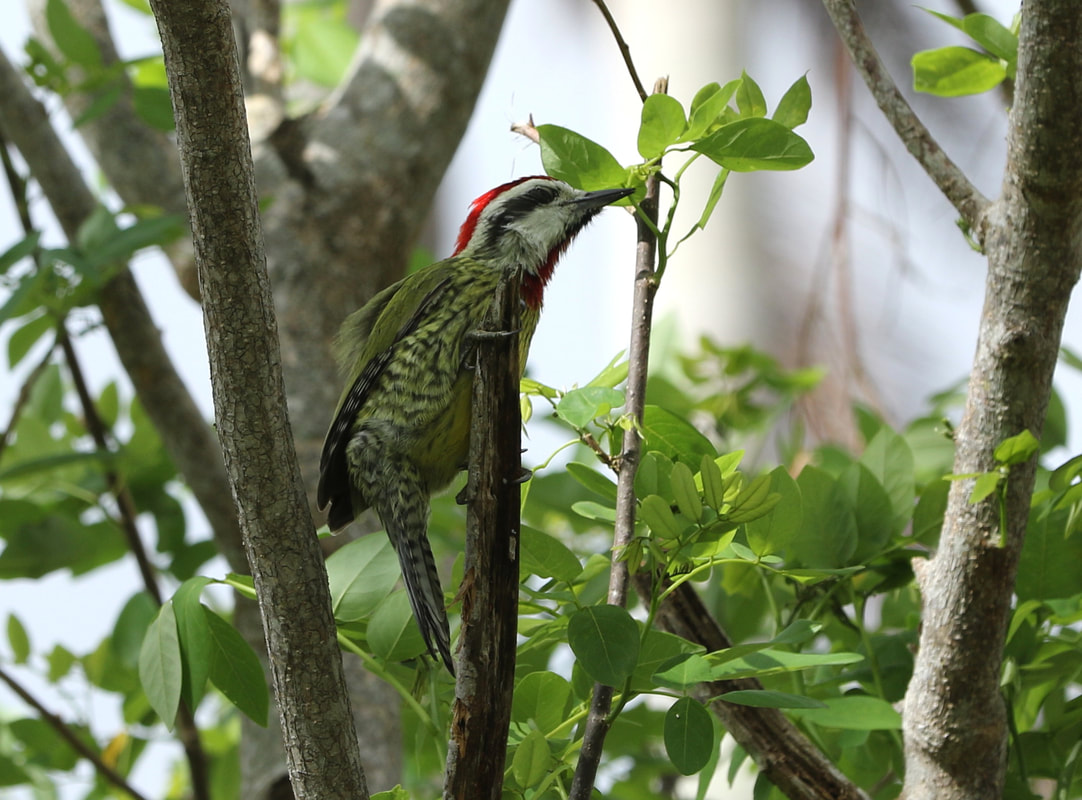
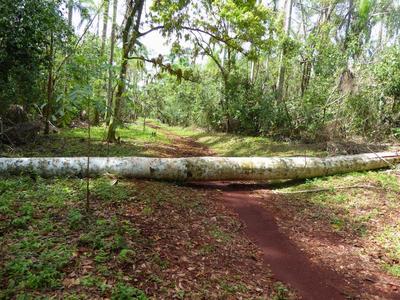
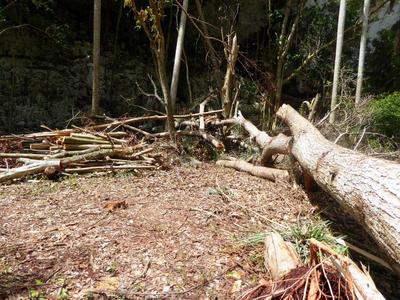
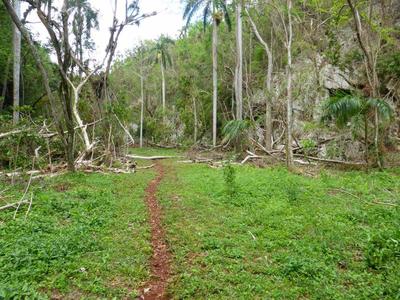
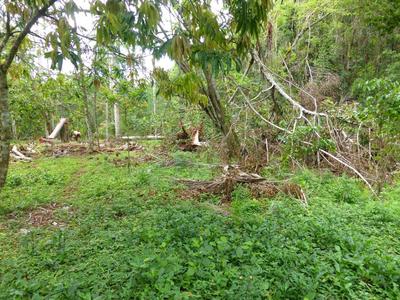
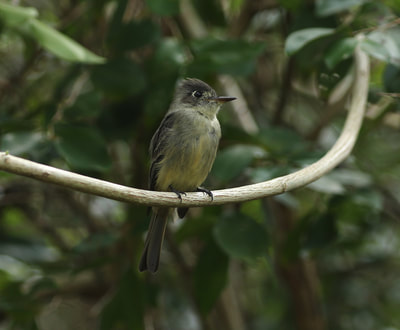
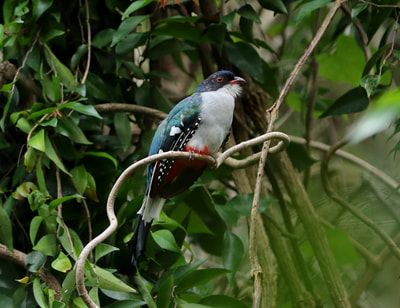

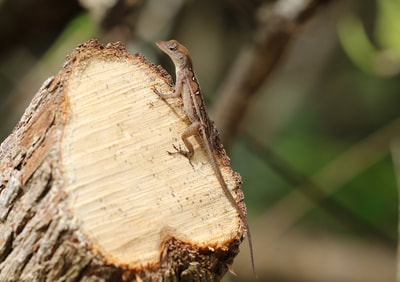
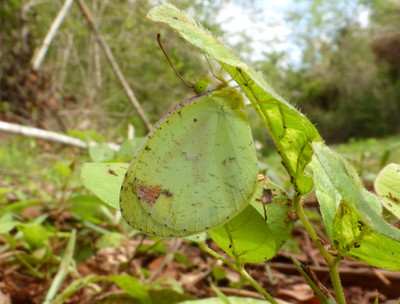
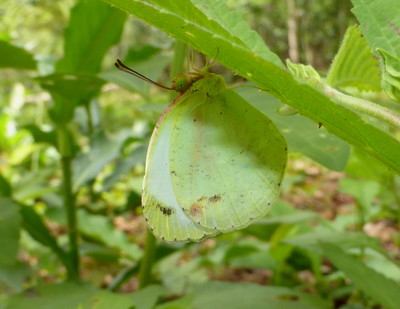
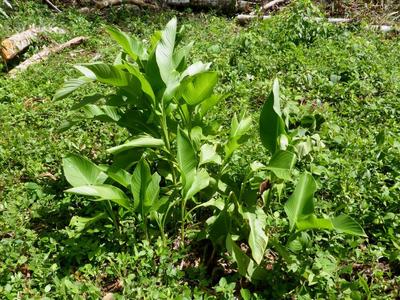
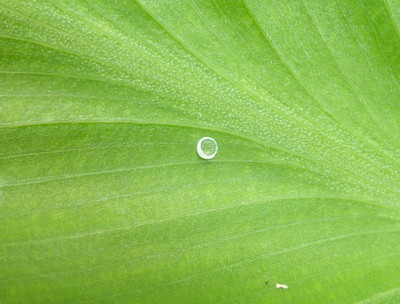
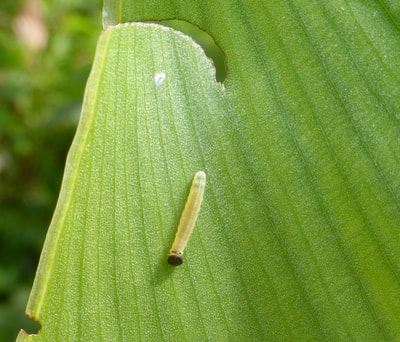
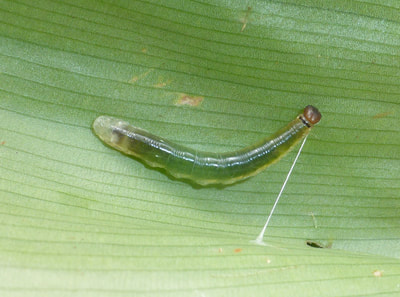
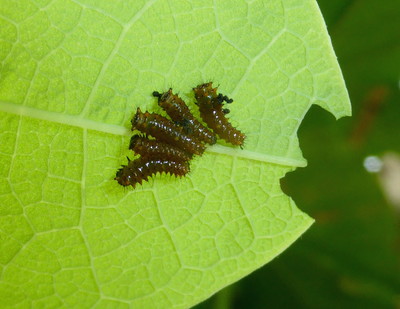
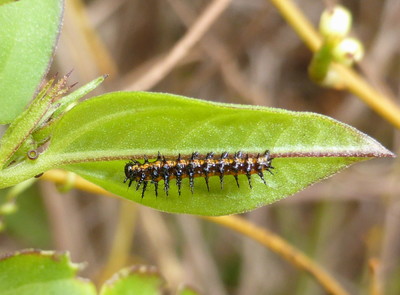
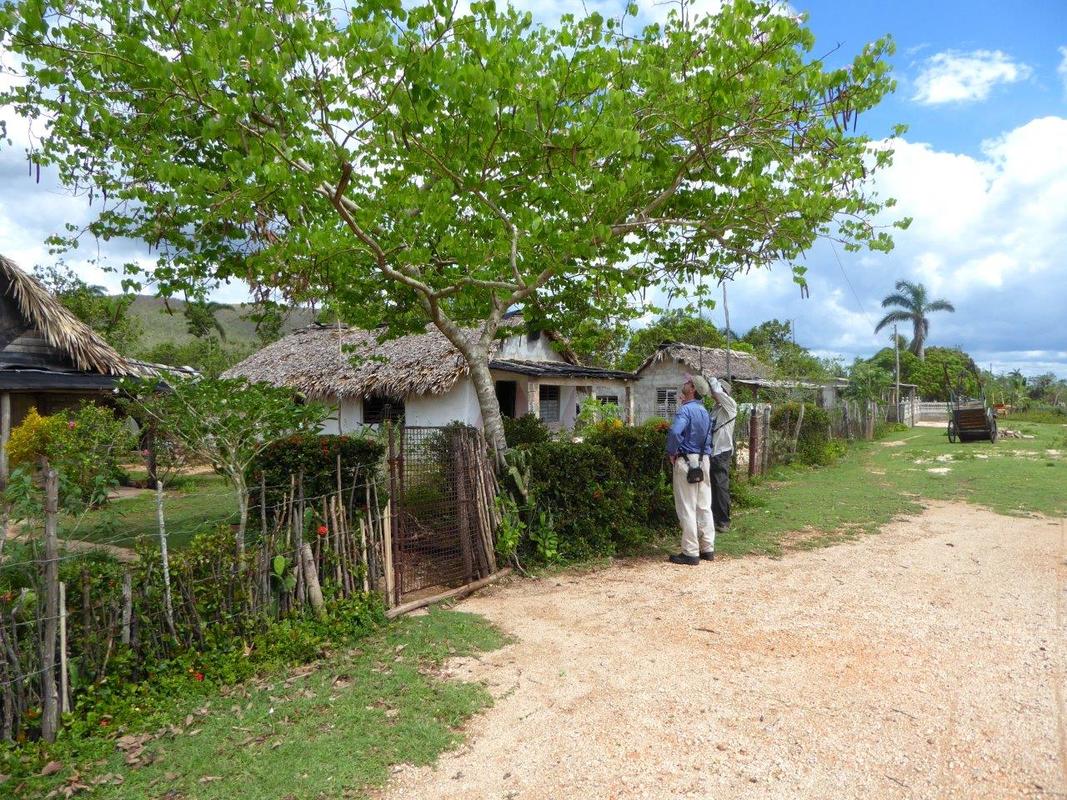
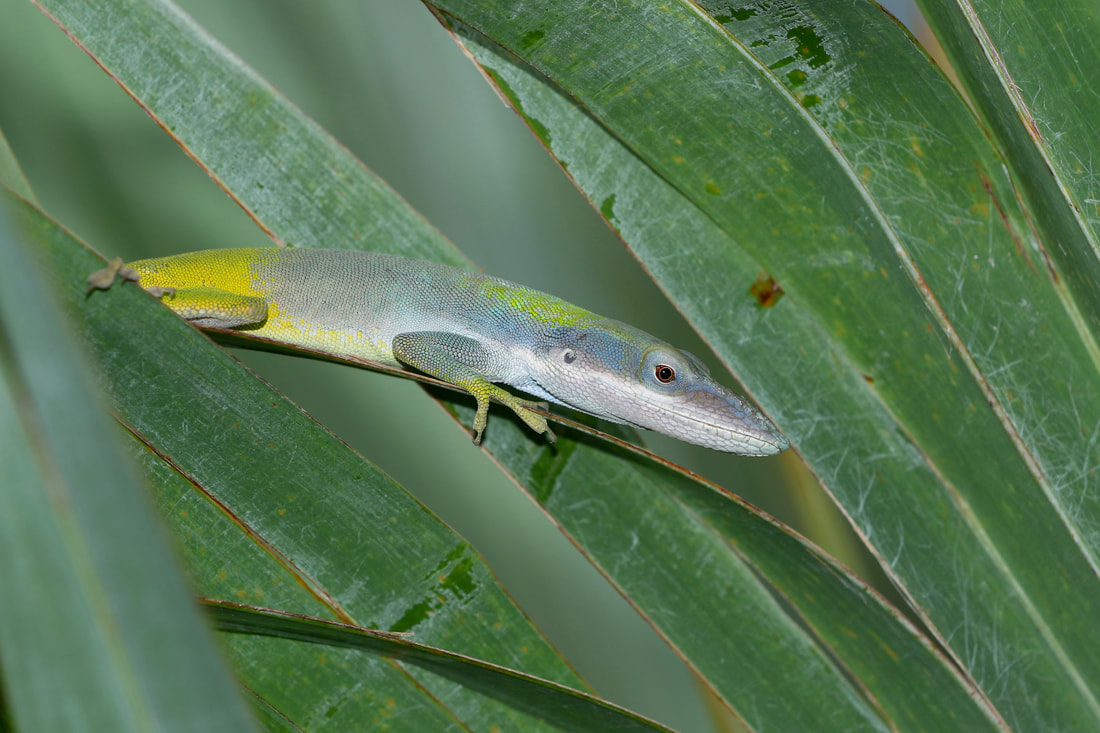
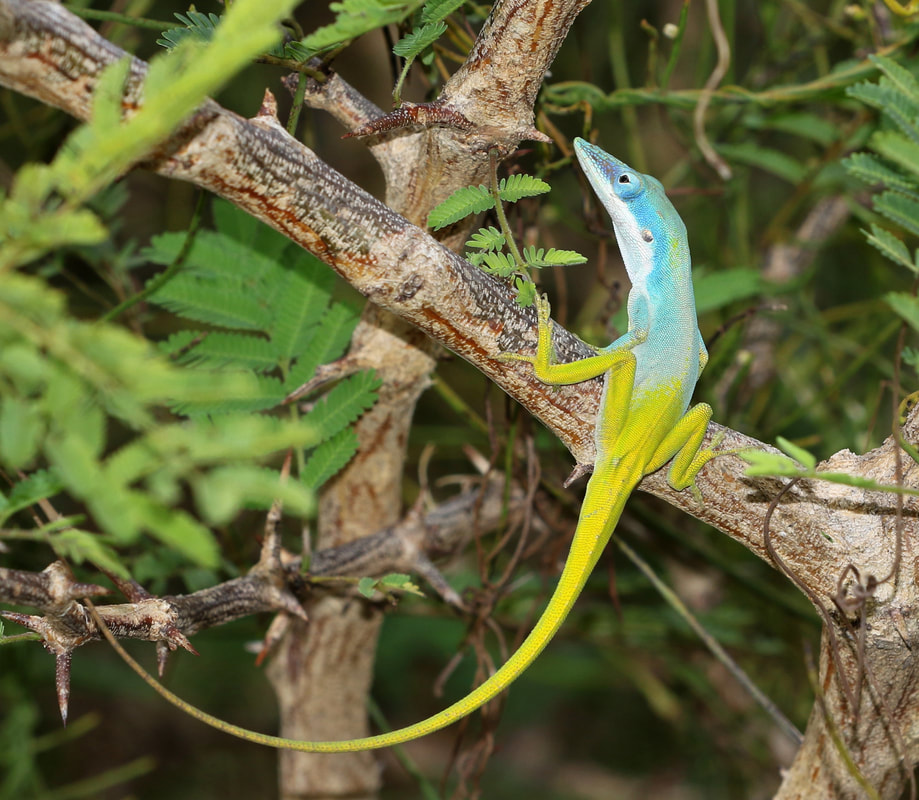
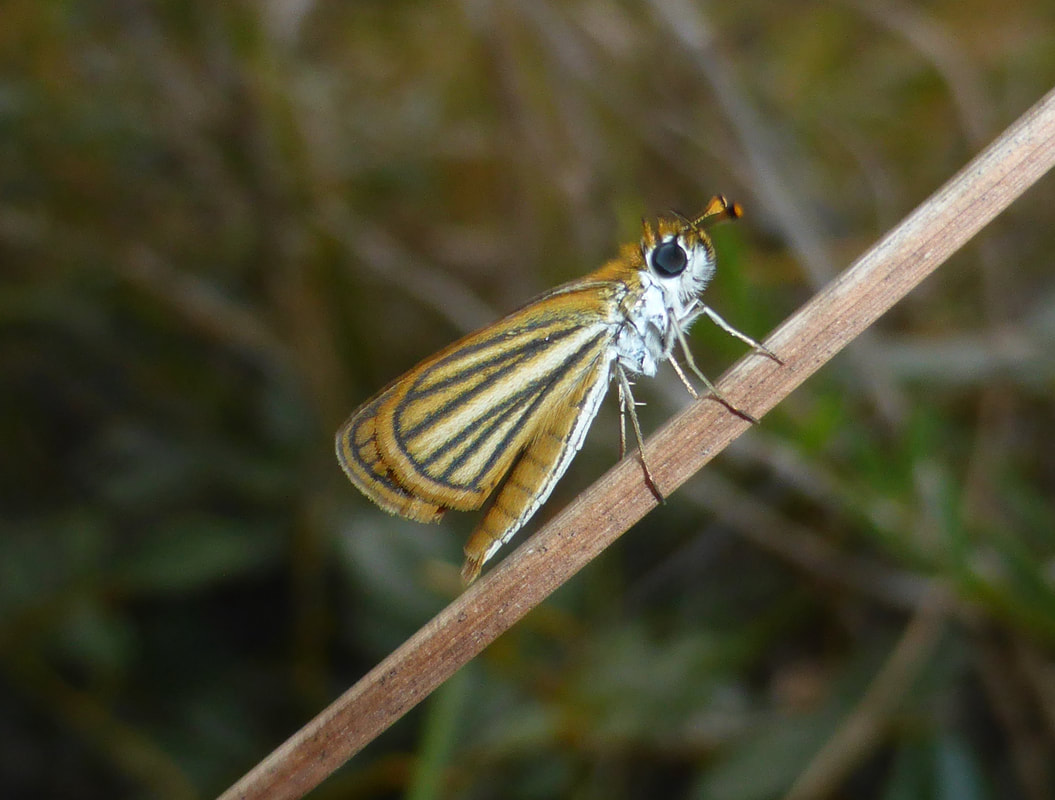
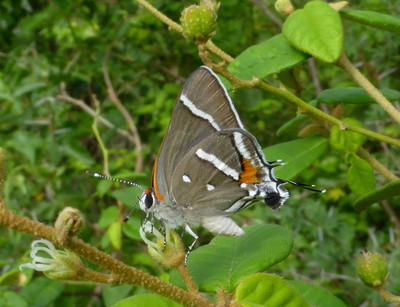
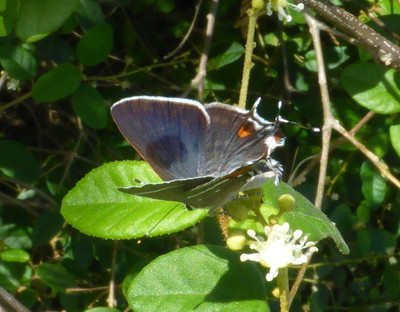
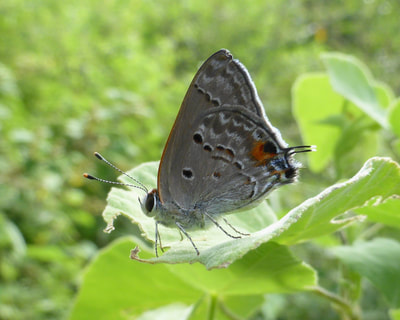
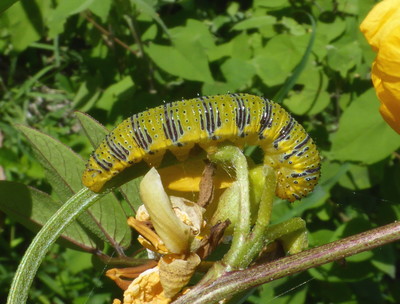
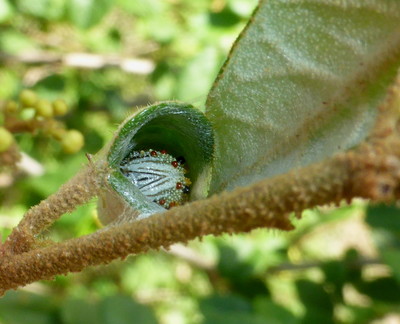
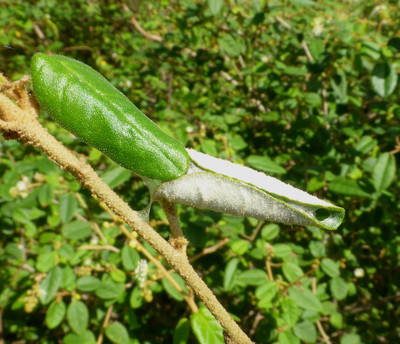
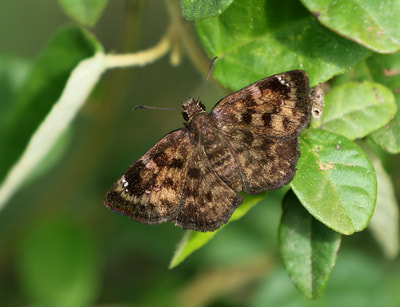
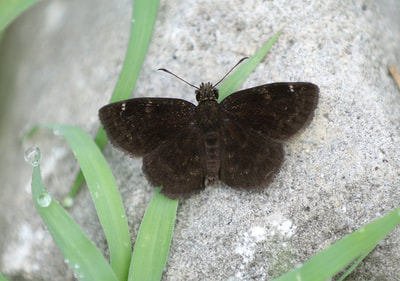
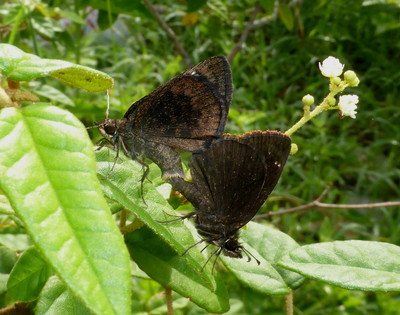
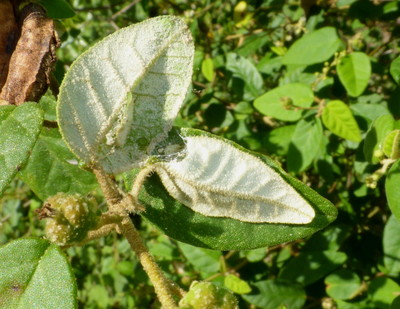
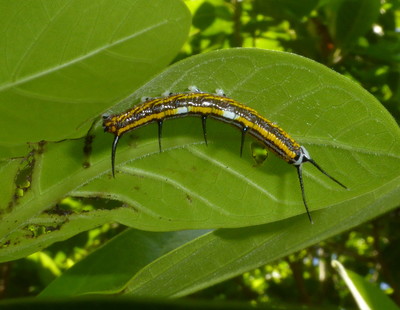
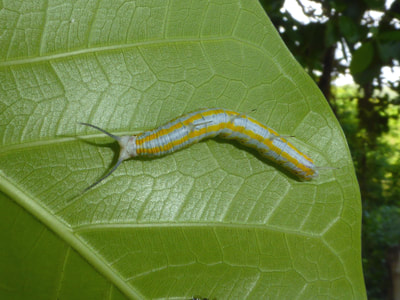
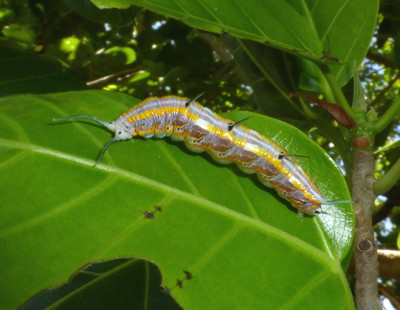
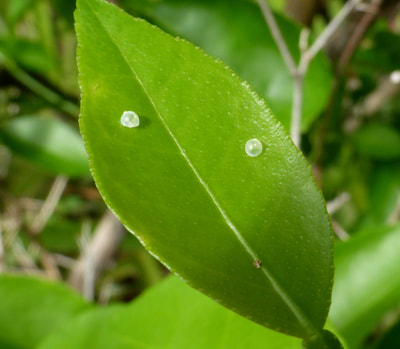
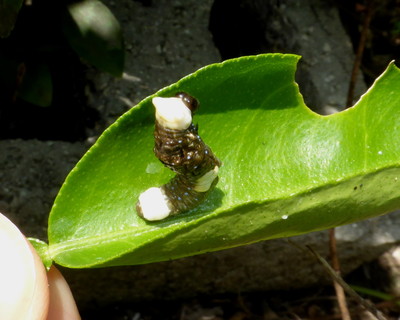
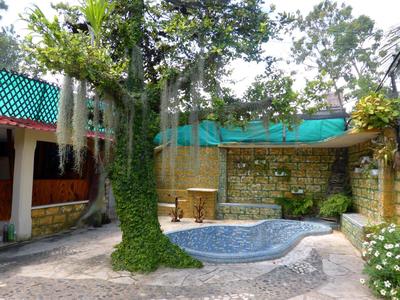
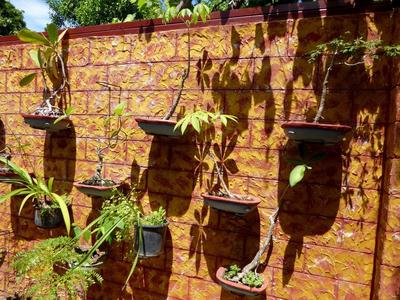
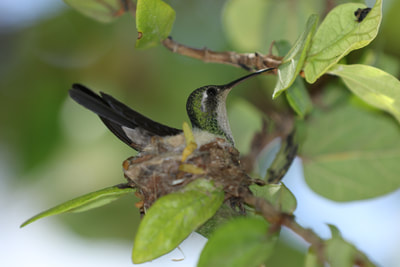
 RSS Feed
RSS Feed